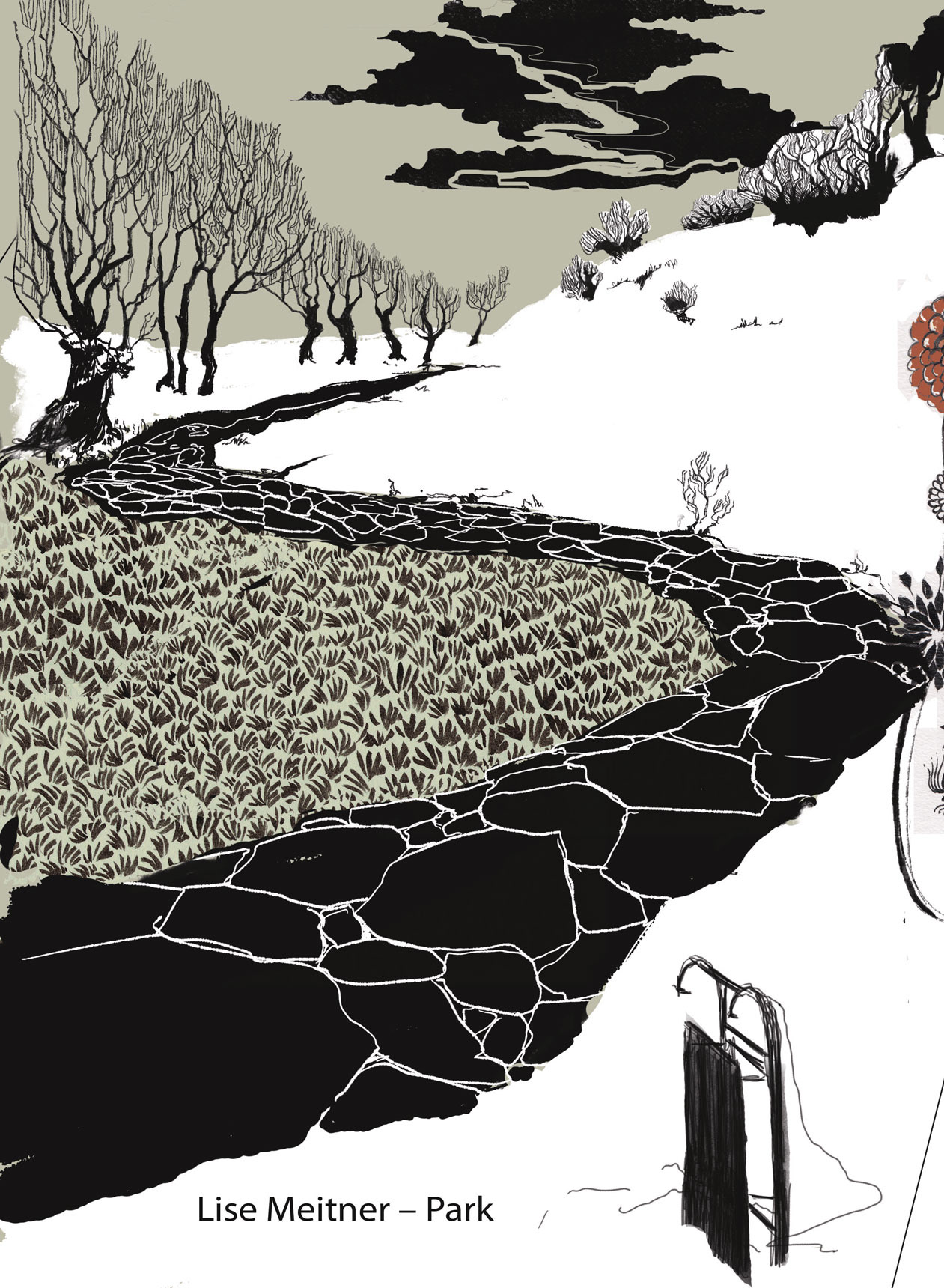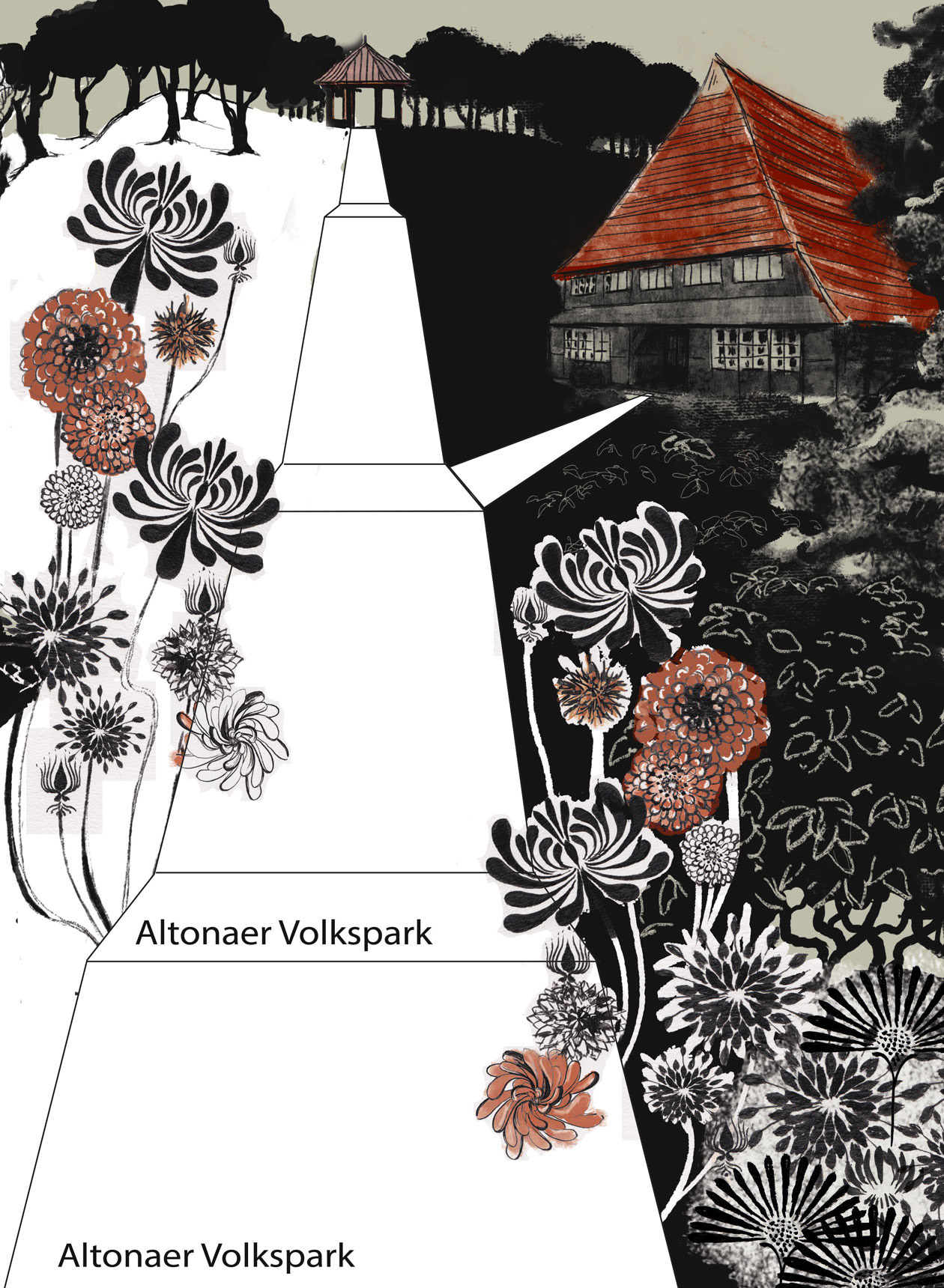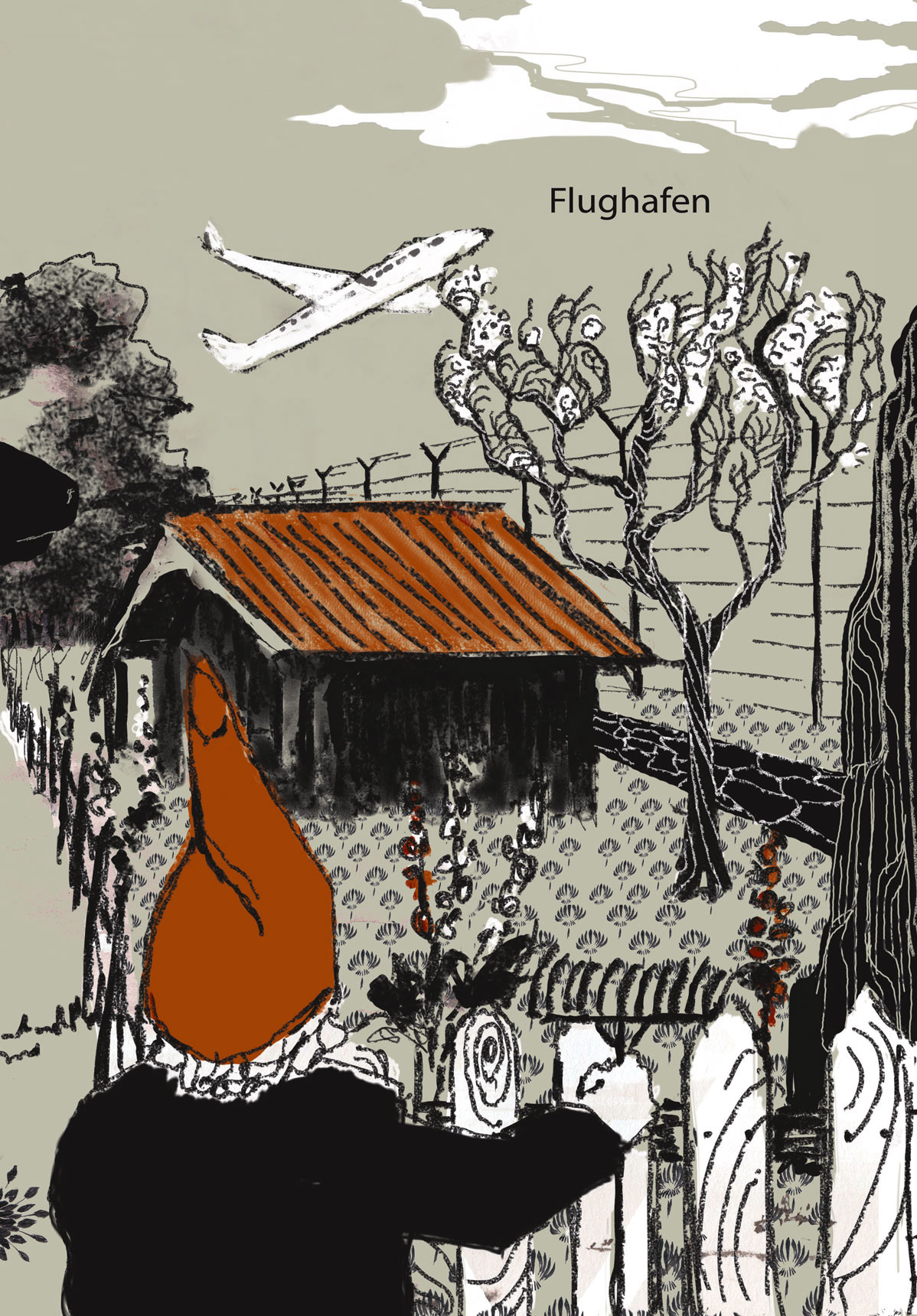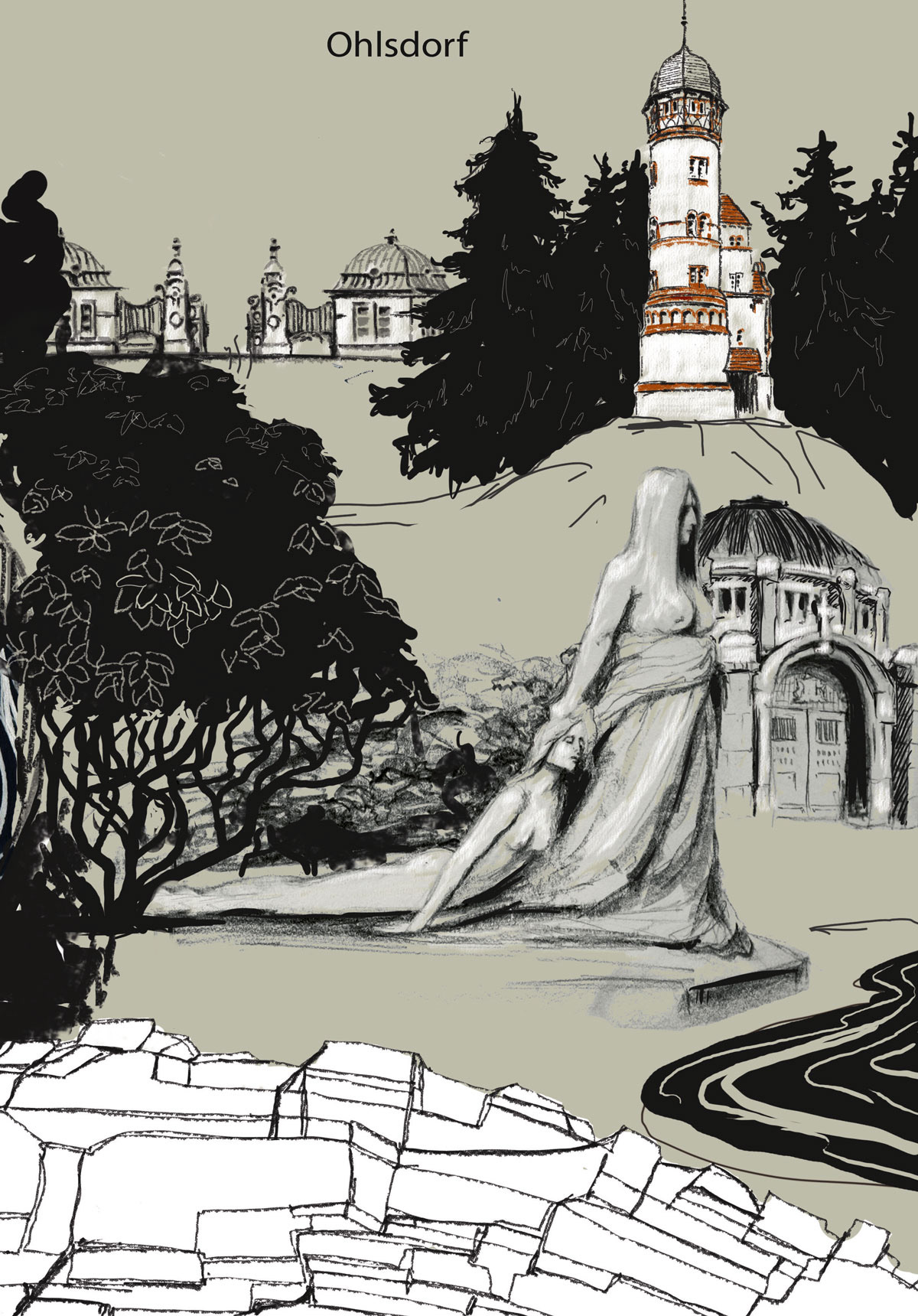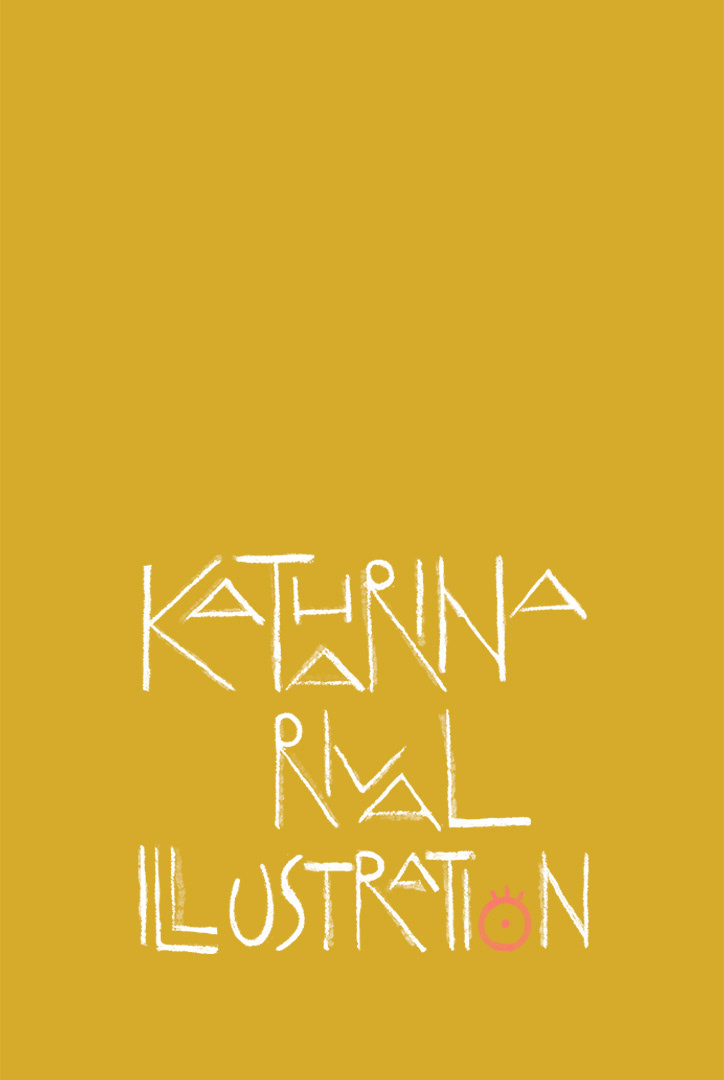Der Grüne Ring
DEVELOPMENT OF A VISUAL CONCEPT FOR THE PRESERVATION AND EXPANSION OF THE 2ND GREEN RING, Hamburg.
Client: Hamburg University of Applied Sciences and the Hamburg Authority for Environment and Energy
Medium: Book - Leporello A4
Topic: Interculture - Participation - Diversity - District culture
Services: Concept - Illustration
Medium: Book - Leporello A4
Topic: Interculture - Participation - Diversity - District culture
Services: Concept - Illustration
It is one of the most unknown hiking trails in Hamburg. And this should urgently change to put more focus on preserving urban greenery. As a 100km long leisure route, it presents the Hanseatic city's most diverse landscape types. Parks, allotment gardens, forest areas, cultural landscapes of the Geest and Marsch, nature reserves, rivers, lakes and urban areas make exploring a special experience. On the Green Ring, different types of landscape can be experienced over a length of around 100 kilometers, from parks to forest areas and cultural landscapes to nature reserves, rivers and lakes.
It runs from Jenischpark in the west north of the Elbe via the Altonaer Volkspark, the Niendorfer Gehege, the Ohlsdorf cemetery, the Farmsen trotting track, the Öjendorfer Park and the Boberger Niederung to the Dove-Elbe water park and the Vier and Marschlande in the east. South of the Elbe, the ring continues over the Neuländer See, the Harburger Stadtpark, Meyers Park and further over the Süderelbmarsch and ends at Rüschpark opposite Jenischpark on the other side of the Elbe. In the north of the city and in the center of Harburg, the Green Ring is mainly characterized by parks, allotments and forests, in the southeast and southwest parts by agricultural cultural landscapes of the marsh with grassland, flower and vegetable cultivation and orchards.
FINDING FORM ON A 100 KILOMETER HIKING DISTANCE
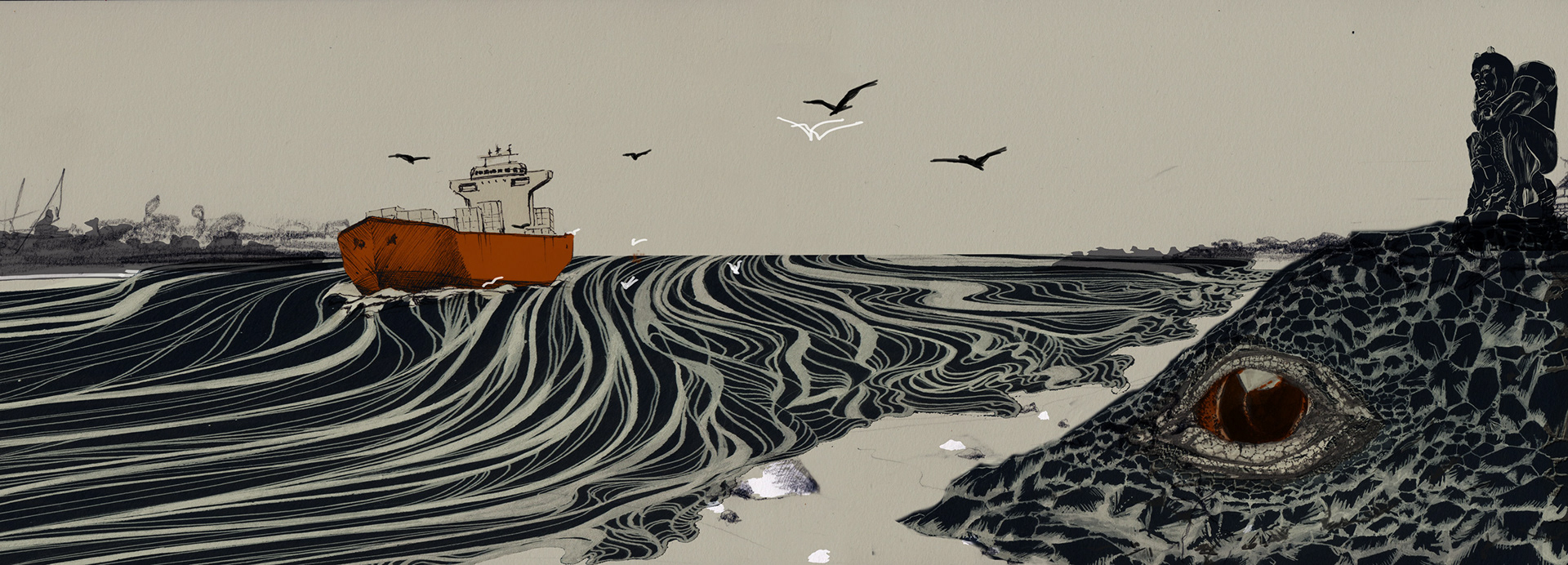

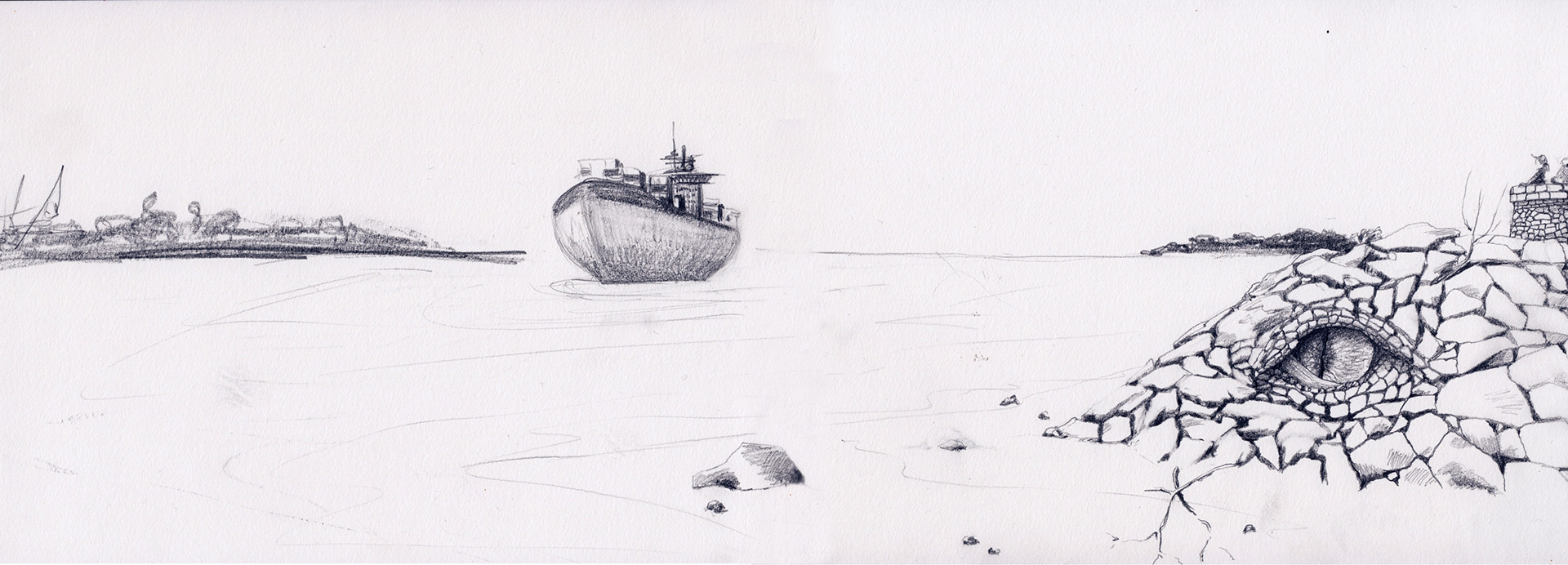
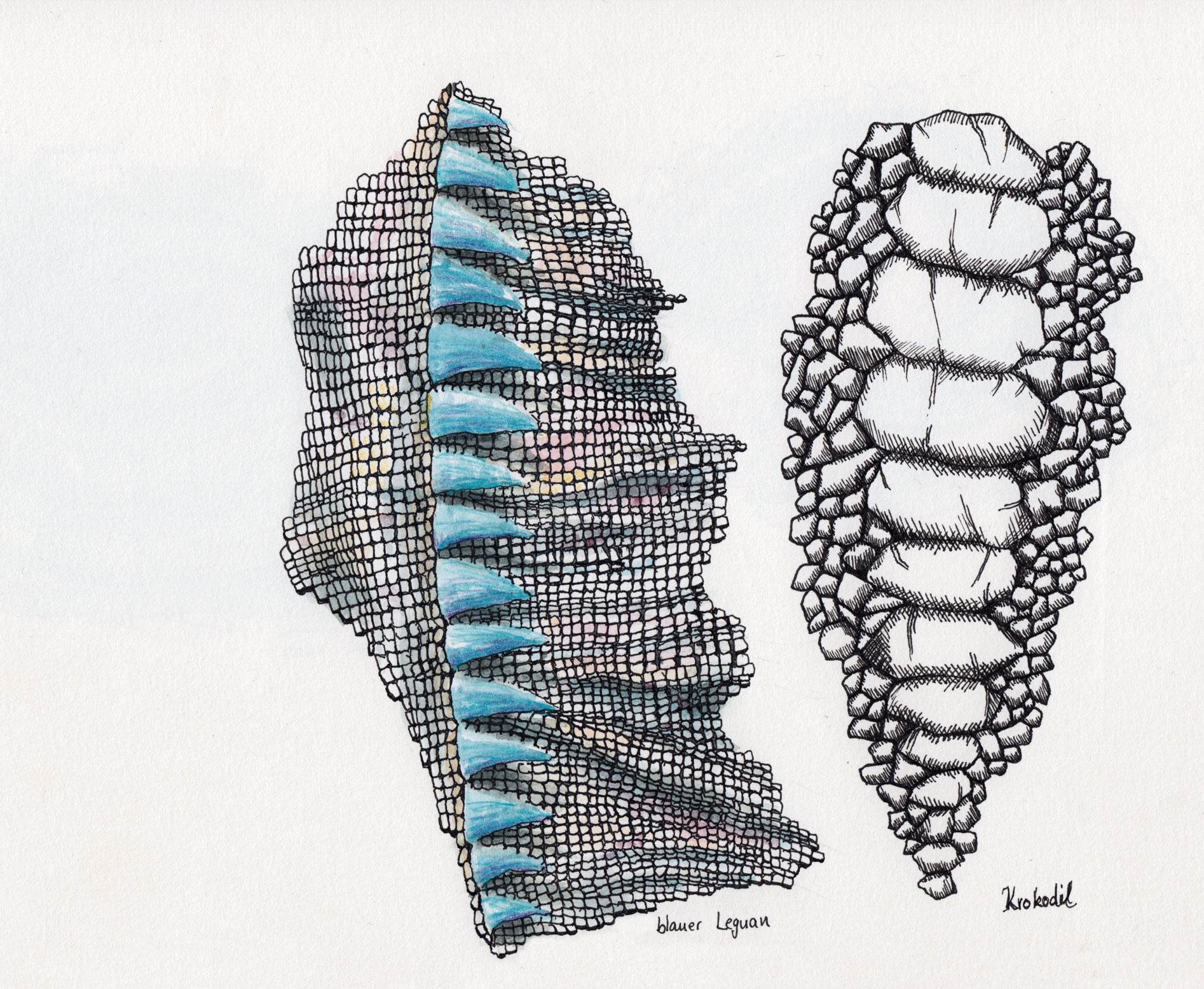

THE IDEA:
An incredible discovery was made in 2016 on the northern bank of the Elbe, near Teufelsbrück. Part of the supposed stone wall turned out to be a huge head of a kind of dragon. This was discovered after closely observing the site and realizing that the lindworm was located in a large circle around the Hanseatic city of Hamburg.If you look at the landscape that grows above the monster, you quickly see that these are strikingly green areas that correspond almost exactly to Hamburg's outer Green Ring.
The Lindworm is now supposed to keep these enchanting, Jule Verne-inspired figures at bay. However, the head at Teufelsbrück is not the only visible area of the creature. Unsuspectingly, children had probably been climbing around on it for centuries, as revealed upon closer observation (climbing and sculptures that can be discovered on the Green Ring). This creature certainly doesn't lie silently in the earth. When the wind is gusty in the Boberger Dunes, a gentle sound arises as it strokes the scales of the partially exposed body there (wind organ), or the playful song of the tide at Kalkofen as it washes around the Lindwurm (water organ, which is played by the tide is operated).The public can also visit the first excavations, where the close connection between the lindworm and nature is clearly demonstrated.
SO HOW DO WE DEAL WITH THIS COMPLETELY NEW SITUATION IN HAMBURG?
The ever-decreasing respect and space given to our nature and nearby surroundings is gradually becoming a threat to flora and fauna and this now also includes a gigantic wyvern that is worth protecting - and not just for simple reasons The reason is that no one can say what will happen if we make them angry; Because one thing should be clear to us: having a dragon on our side that has wrapped itself protectively around our beautiful city is truly unique!
DIE MITBEWOHNER AUF DEM RING
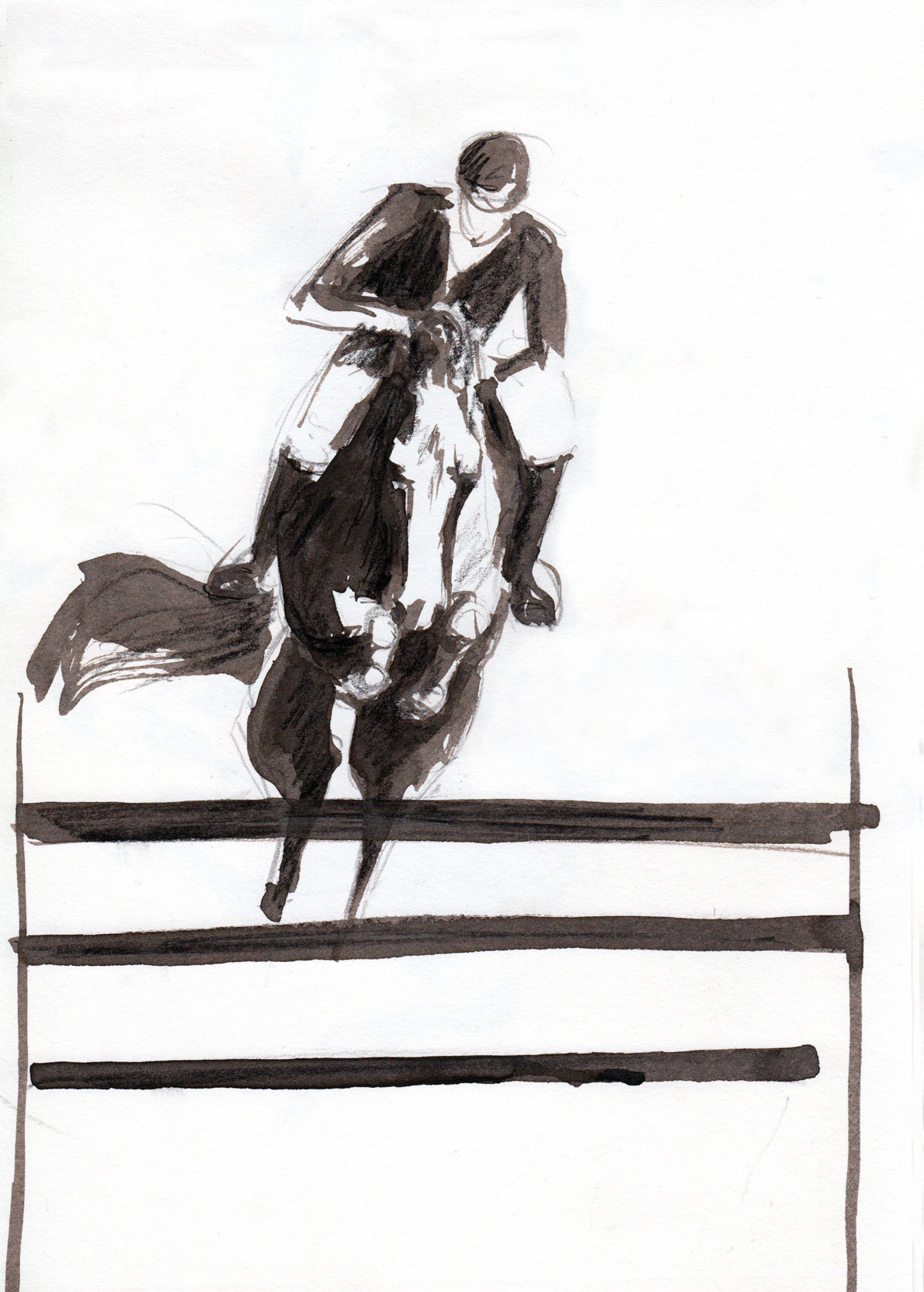
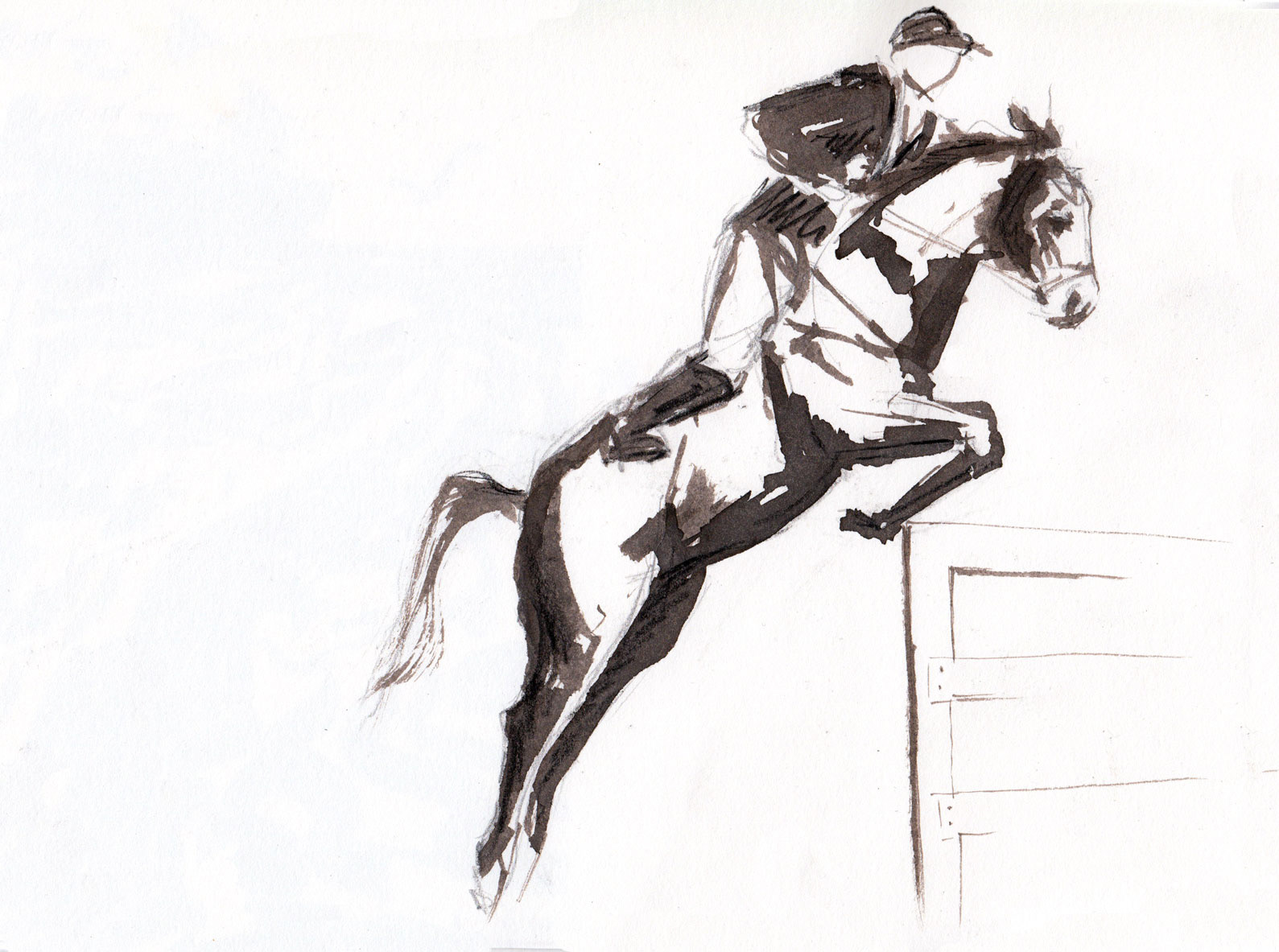

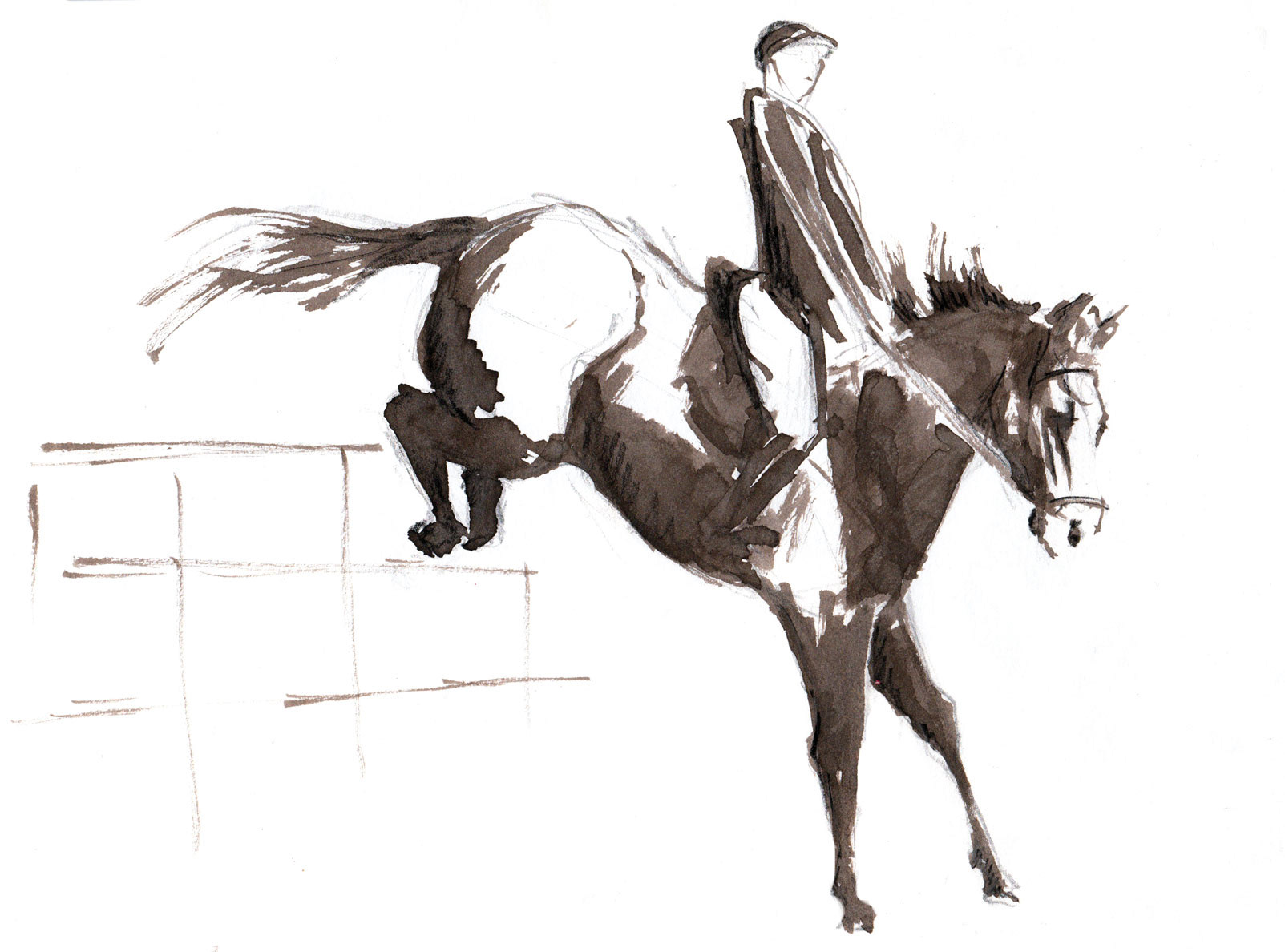
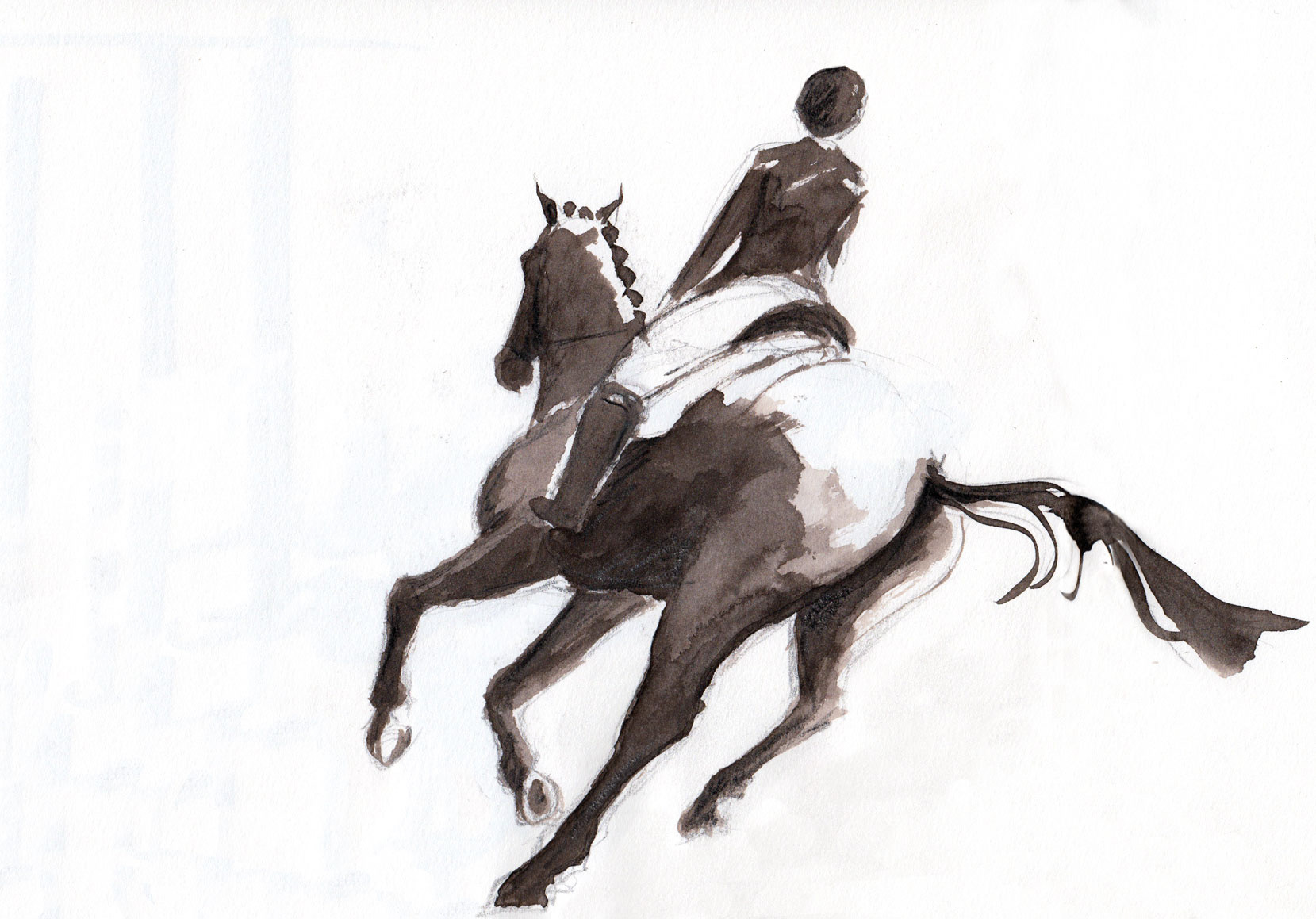
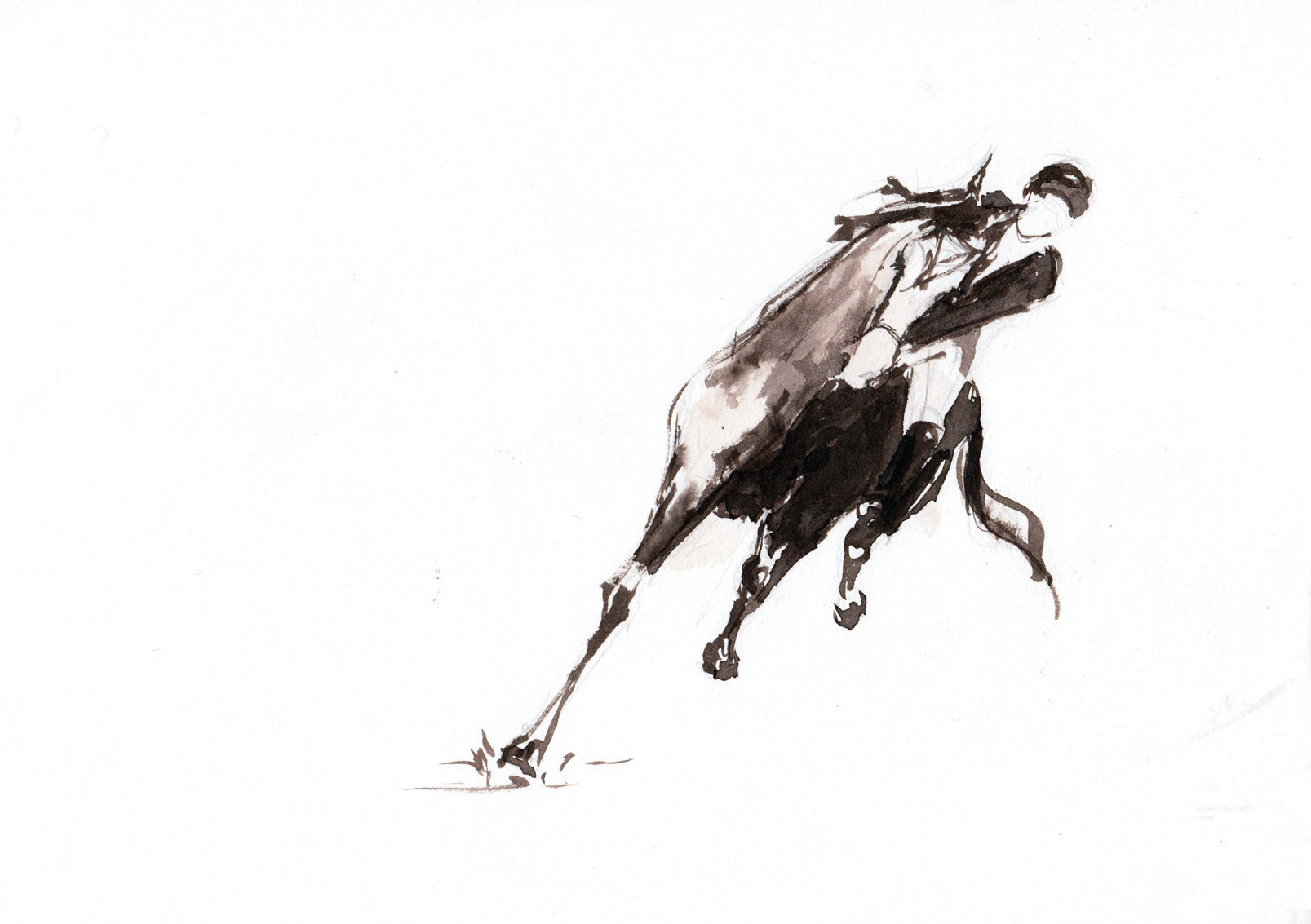
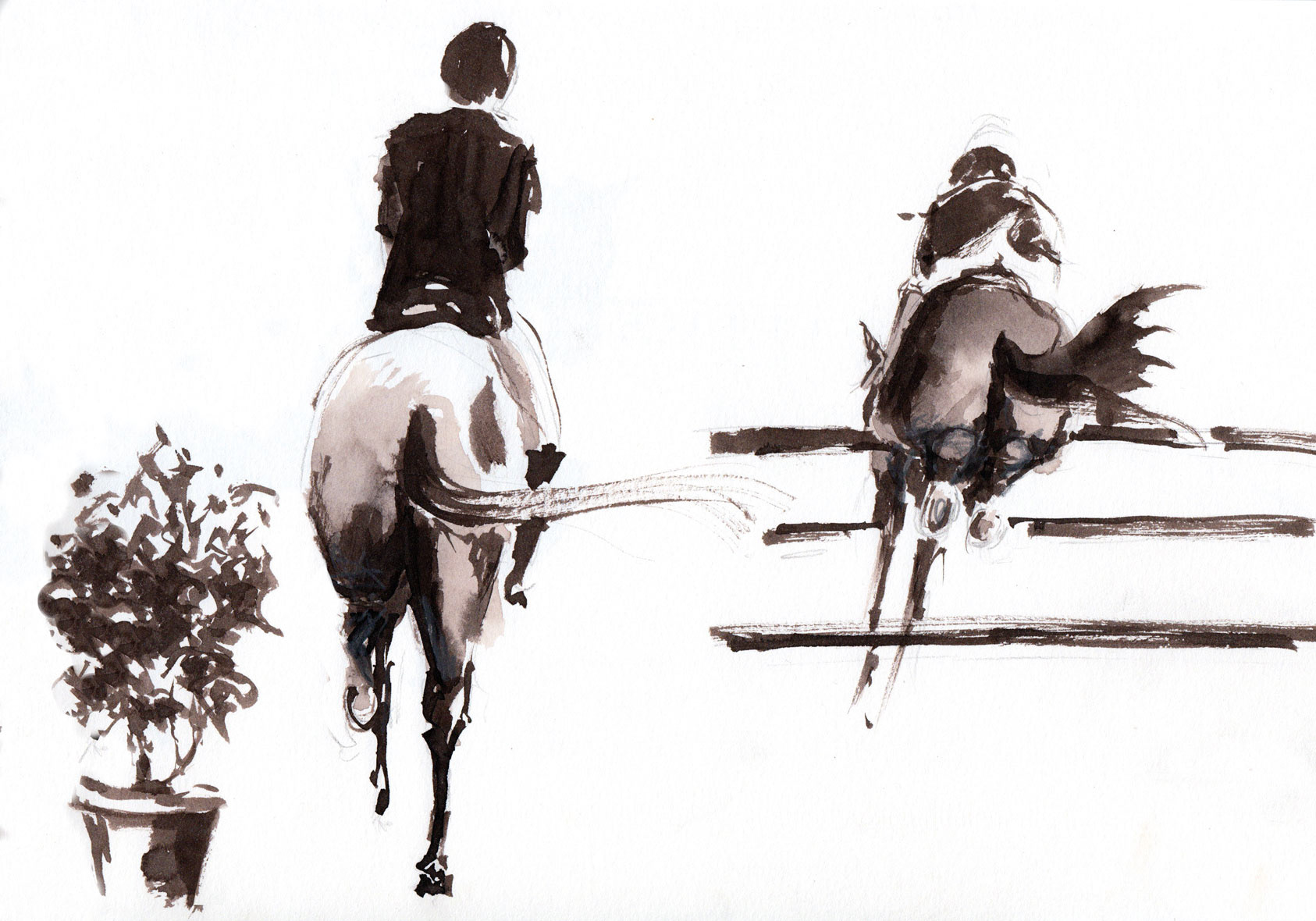
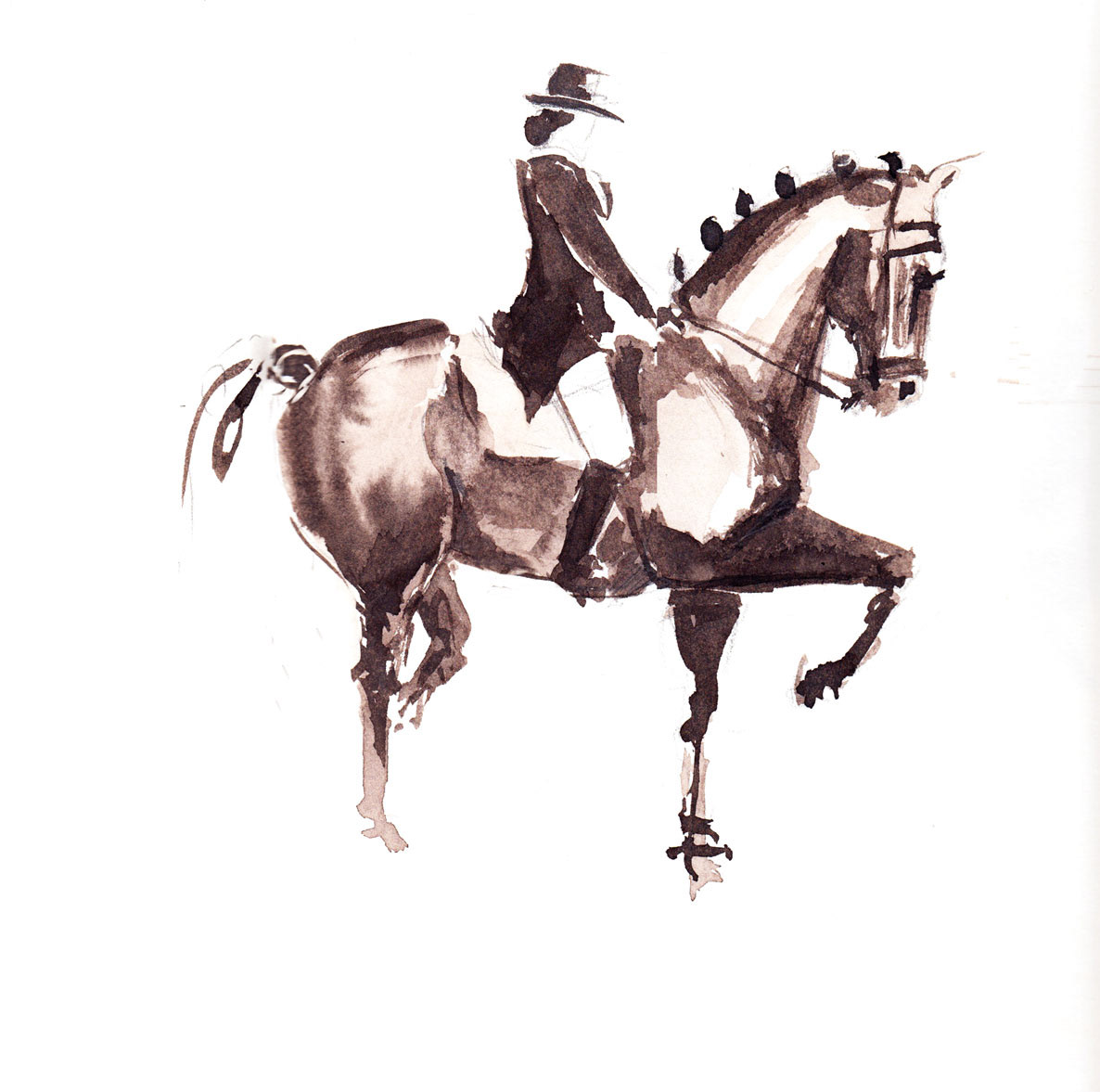
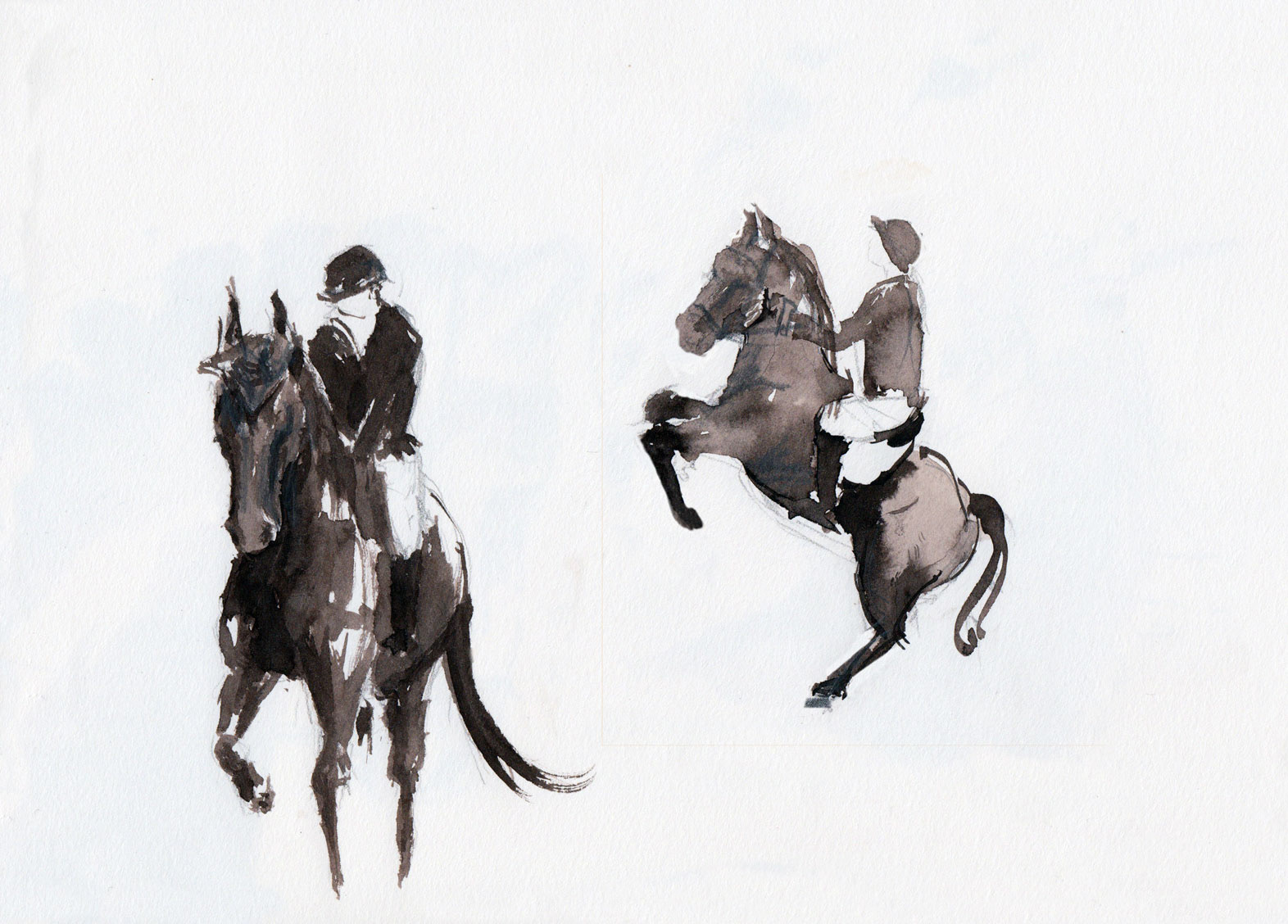
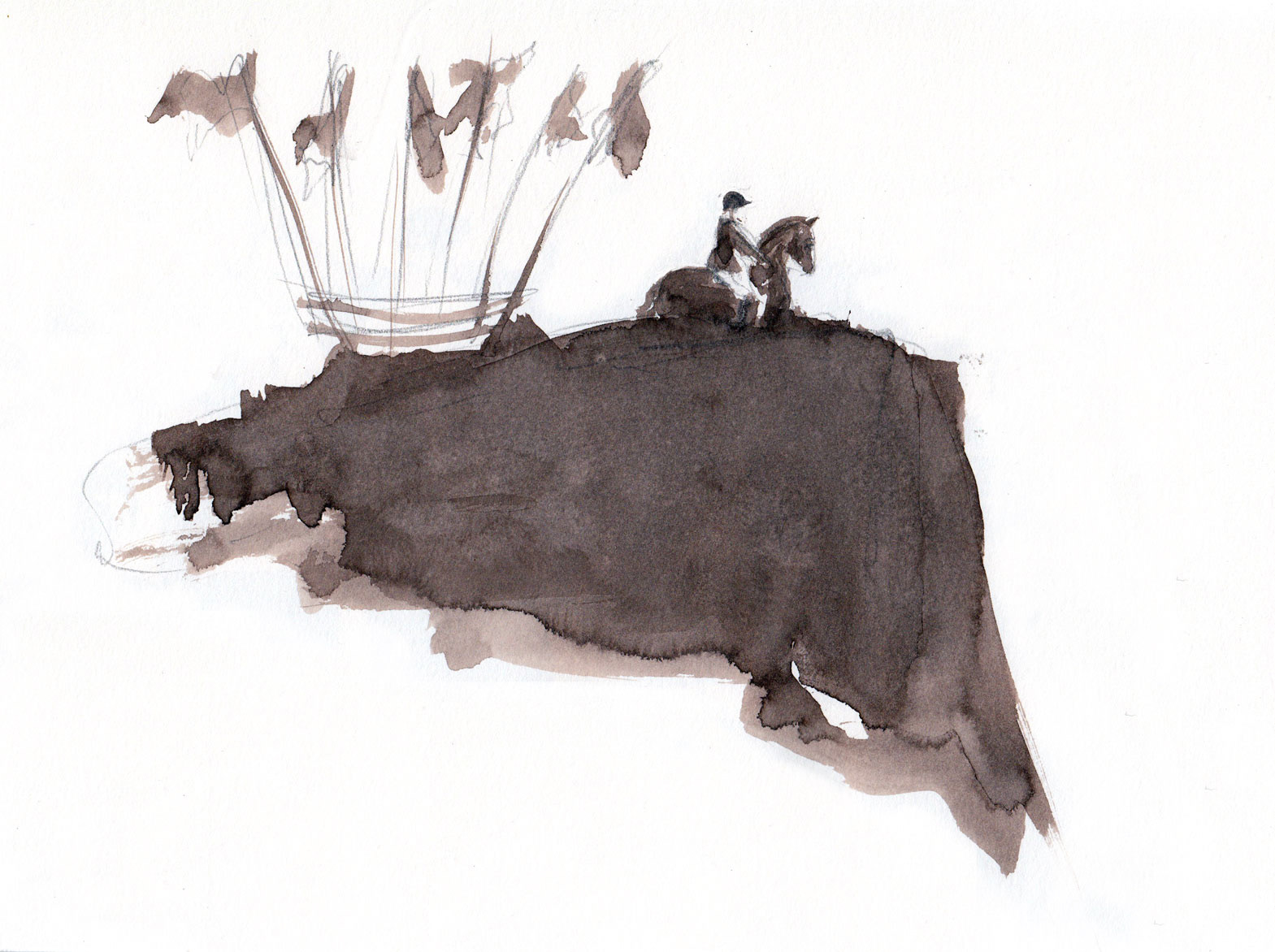
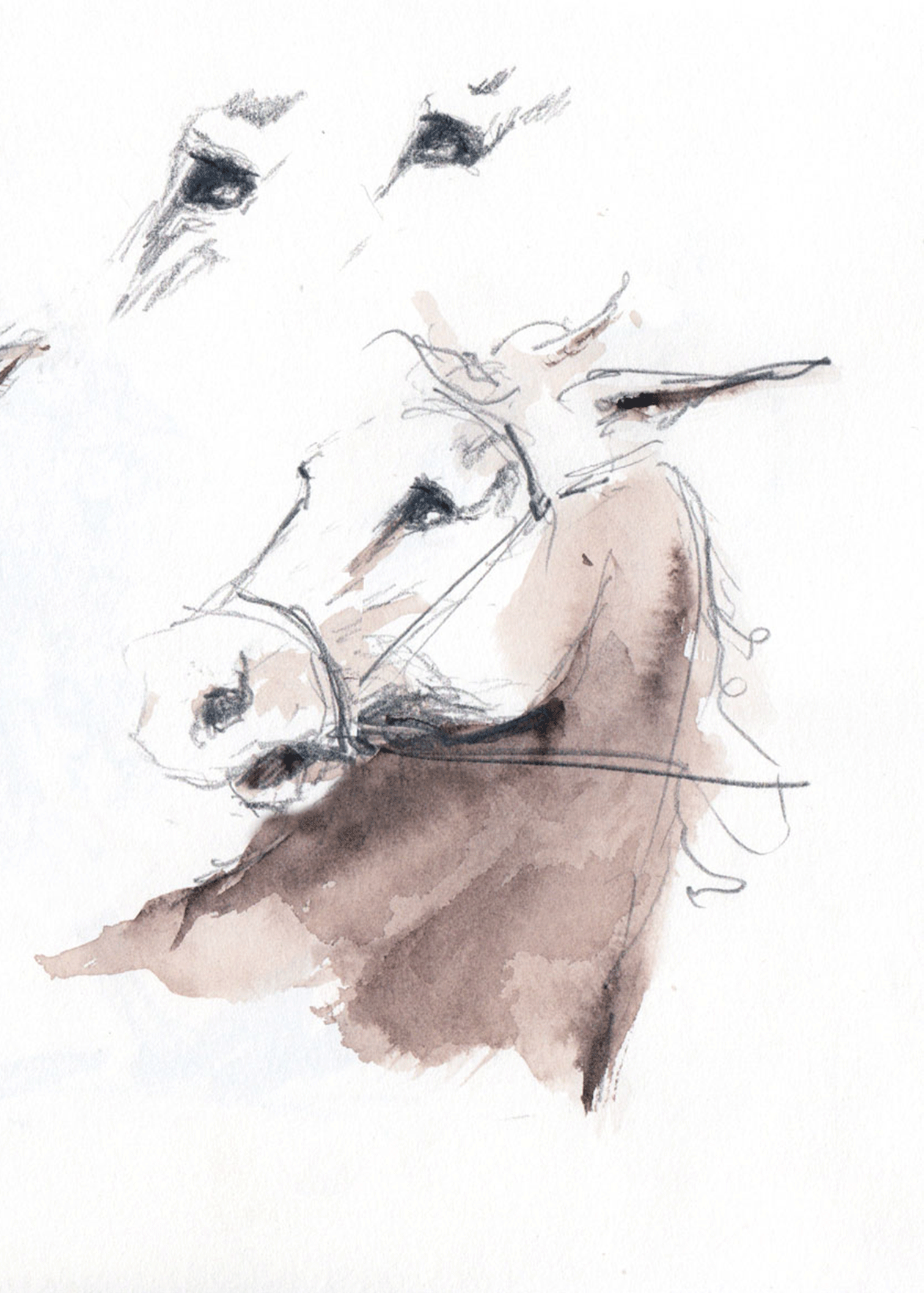

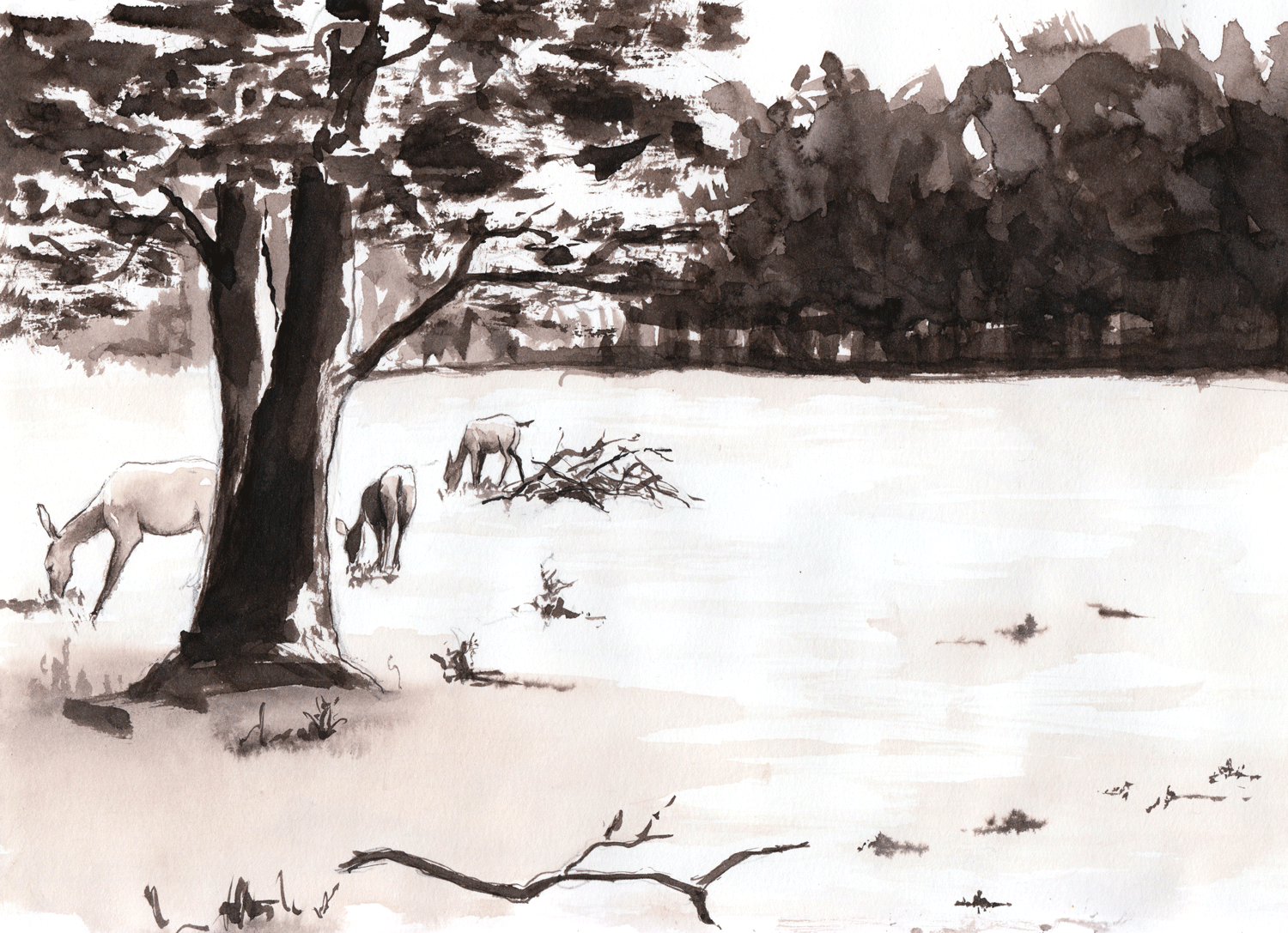
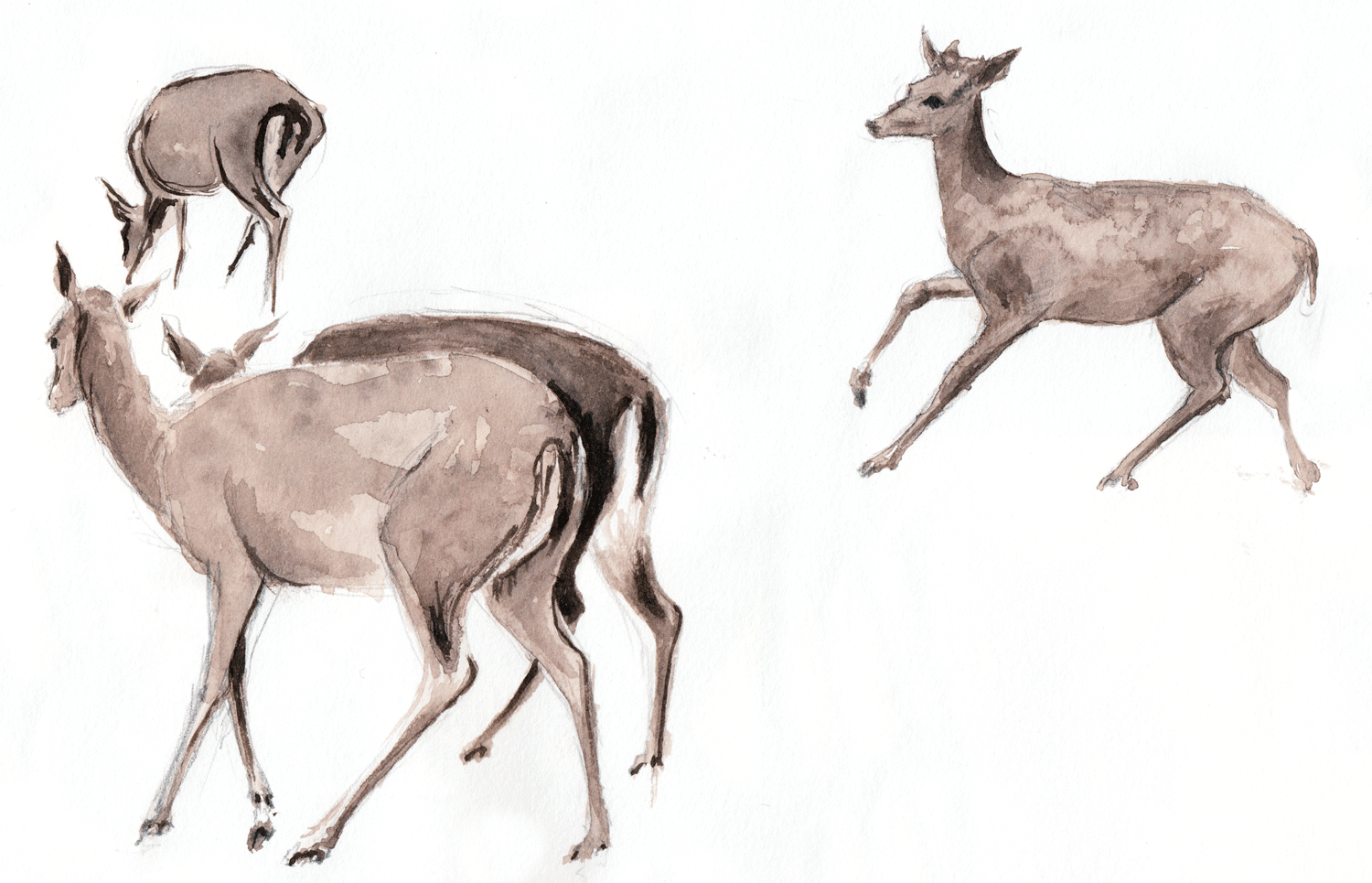
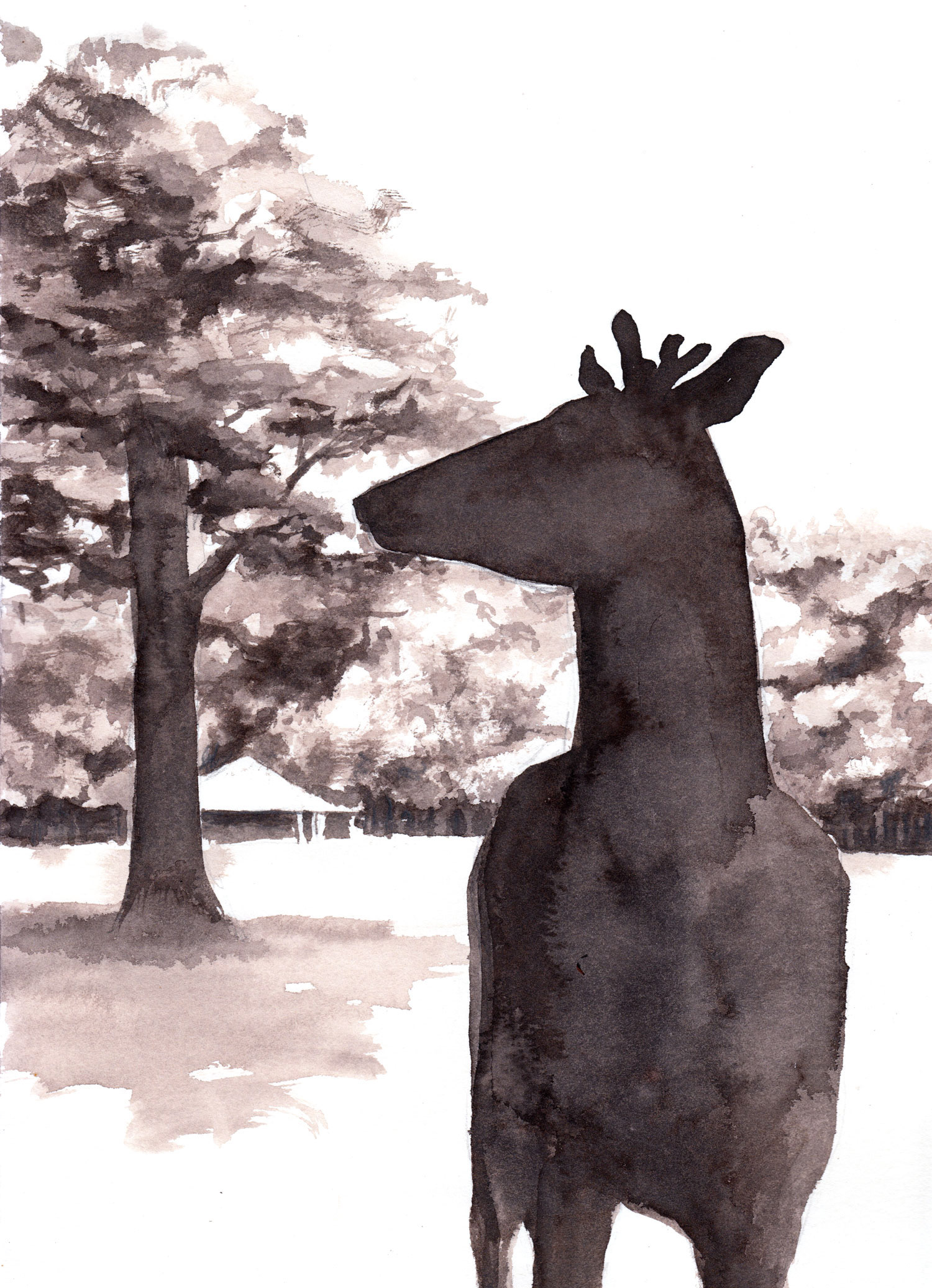

Boberger Dünen
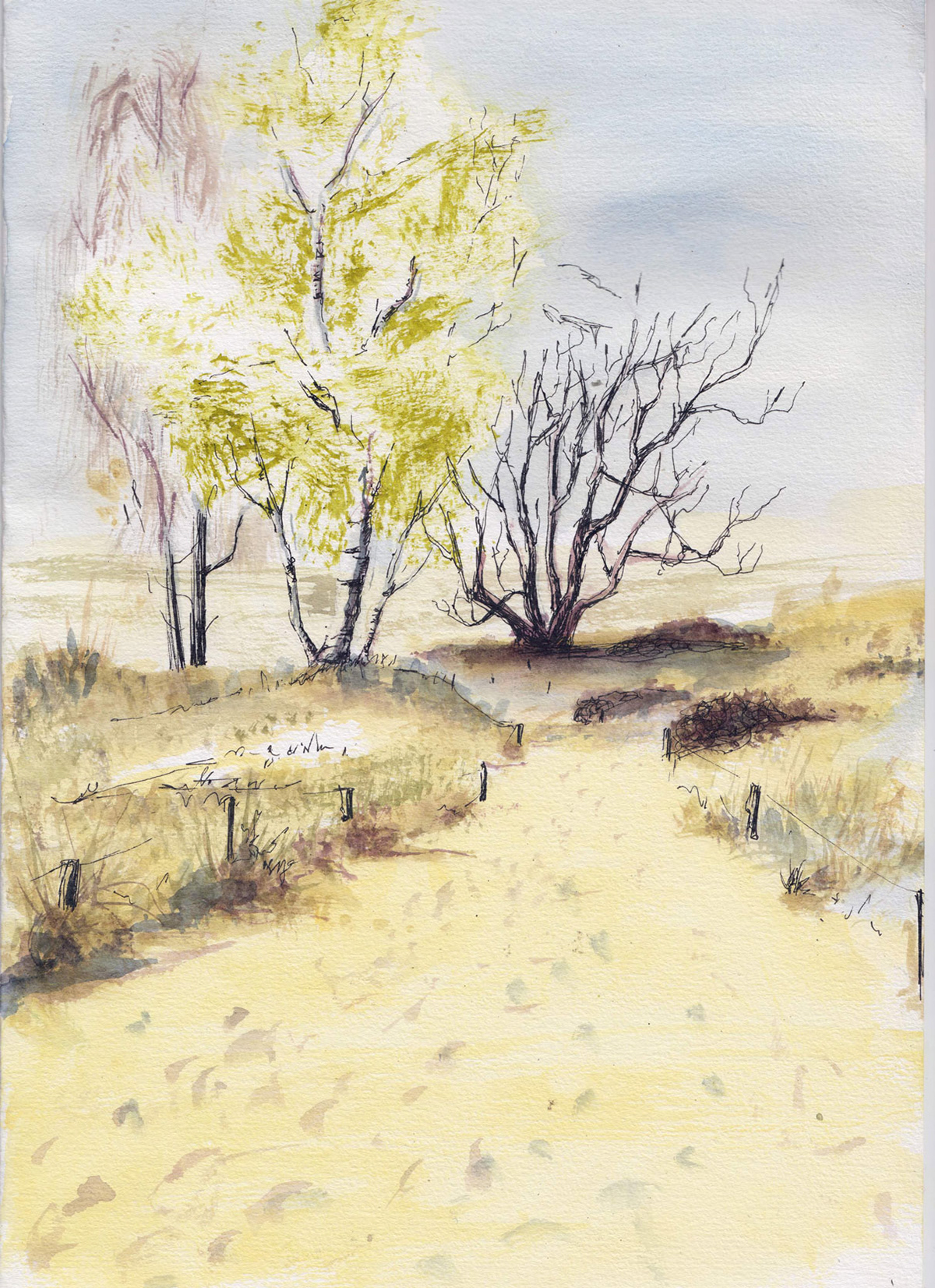
Boberger Dünen
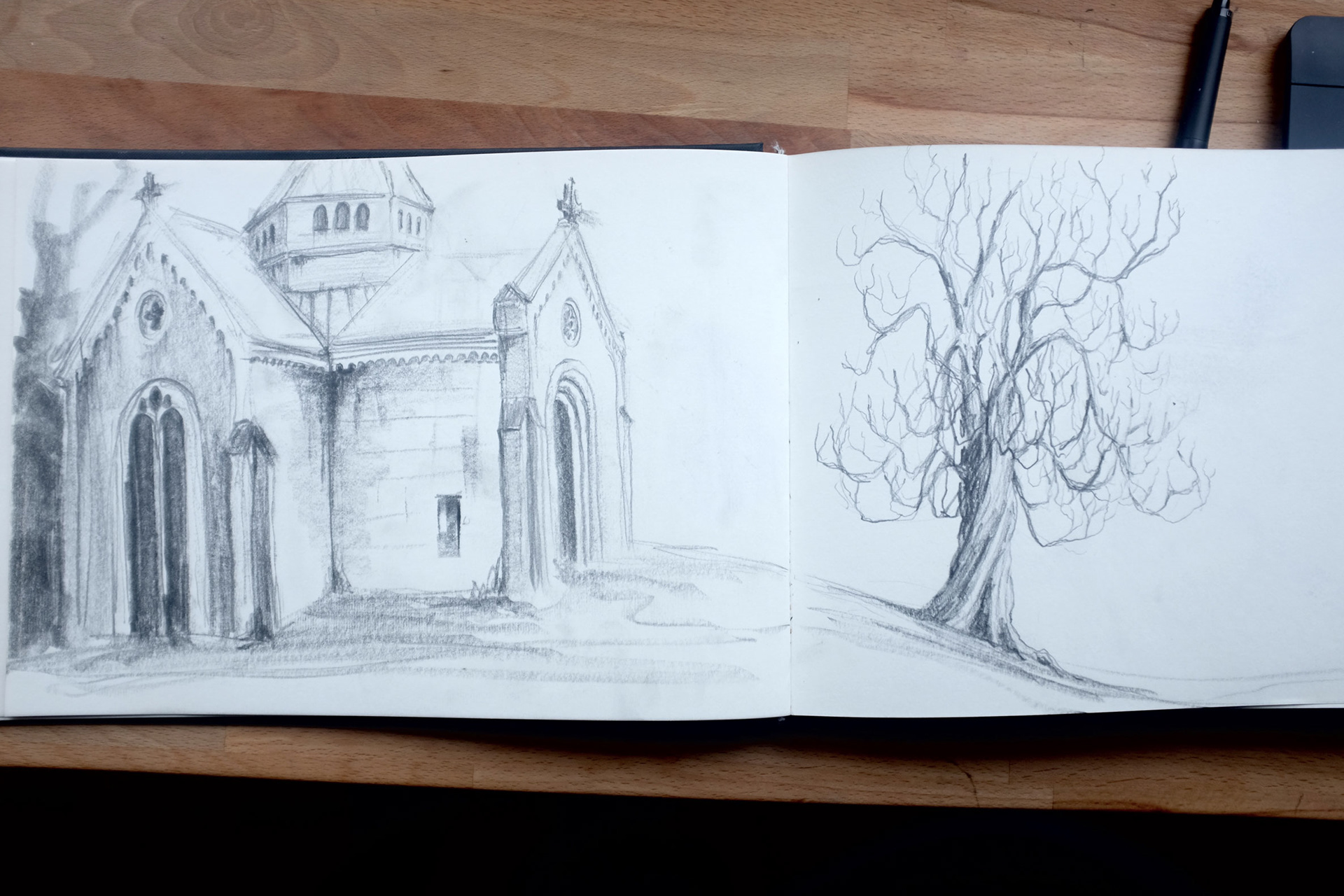
Ohlsdorfer Friedhof
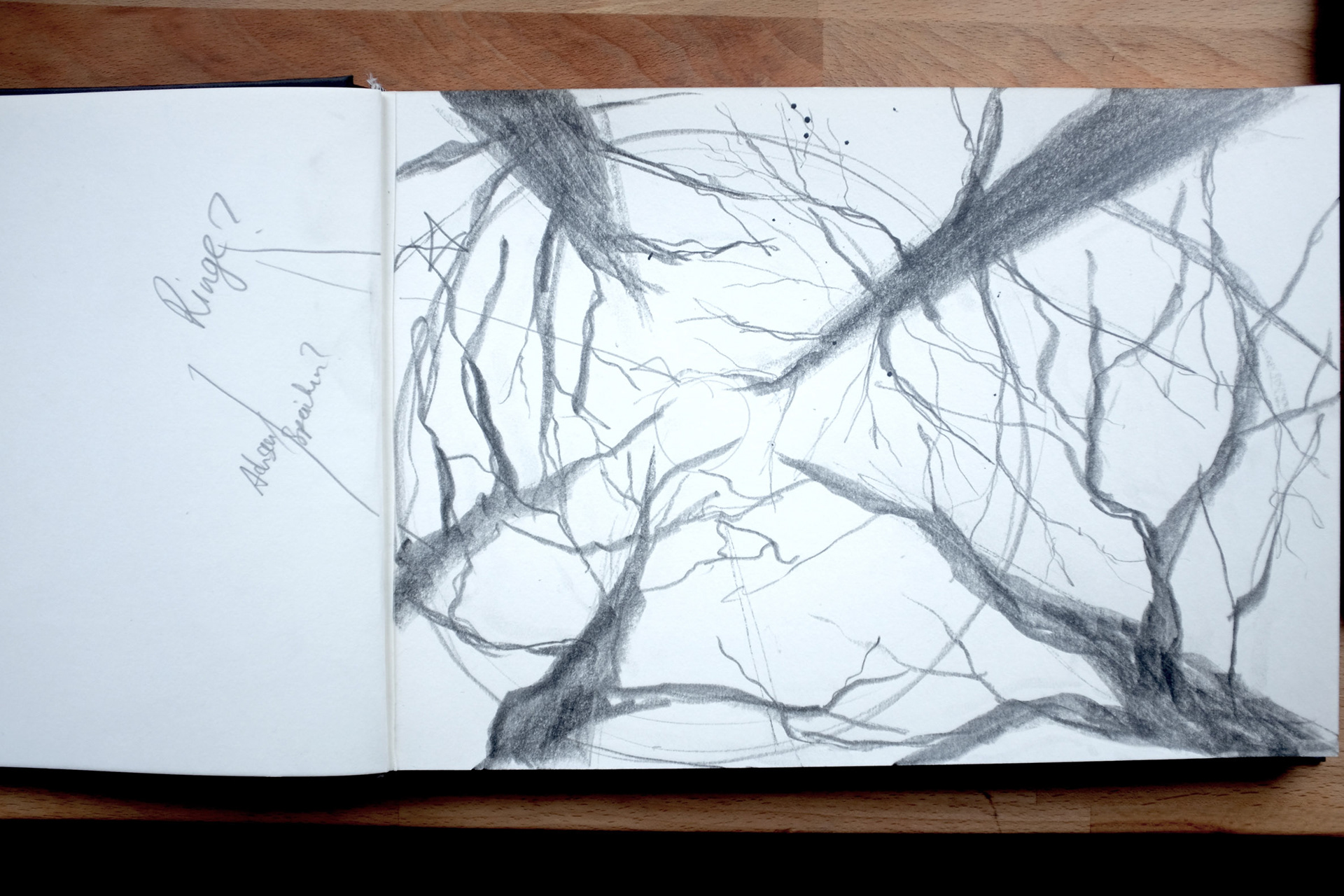
Ohlsdorfer Friedhof

Ohlsdorfer Friedhof

Elbe
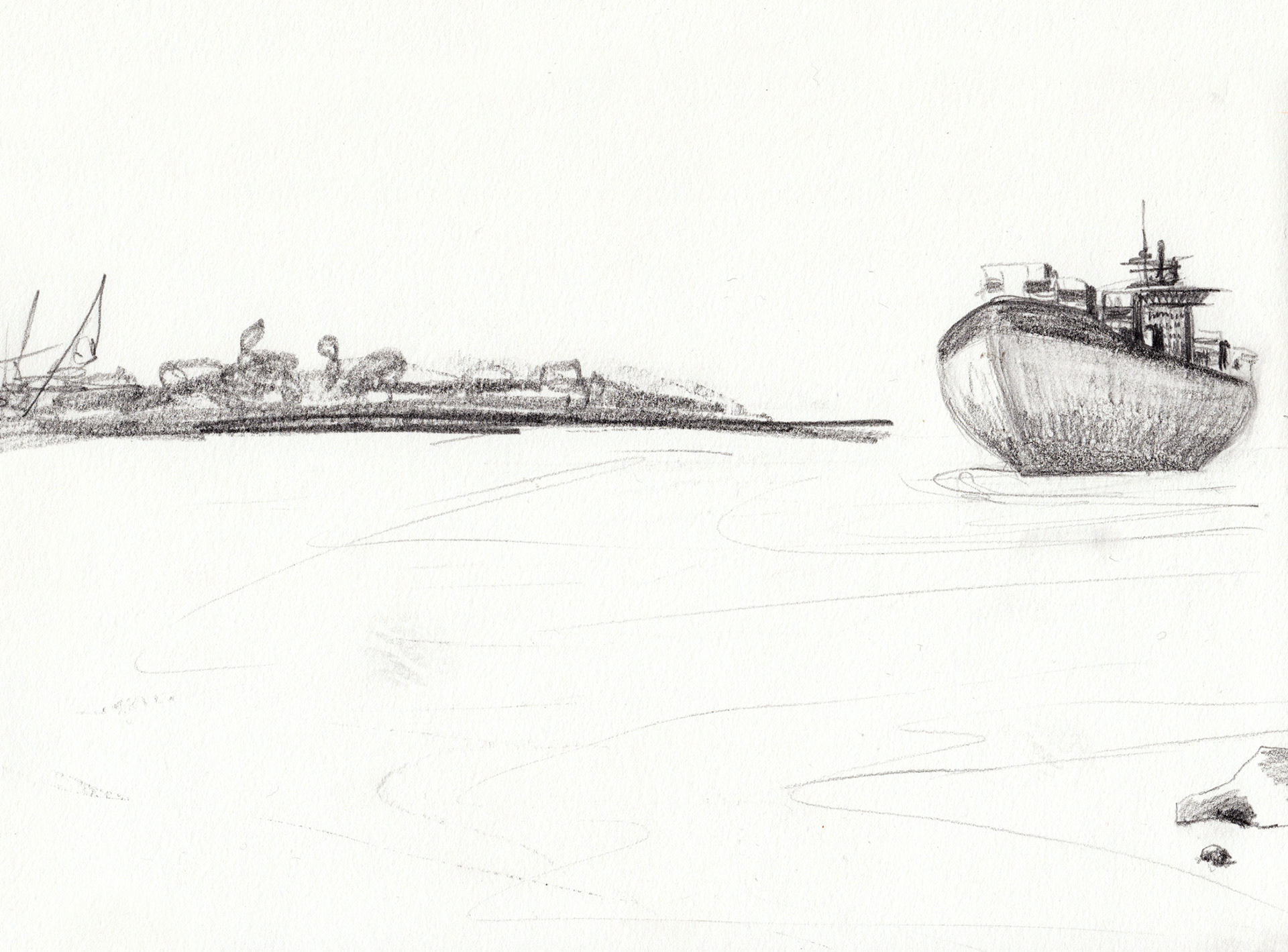
Elbe

Elbe
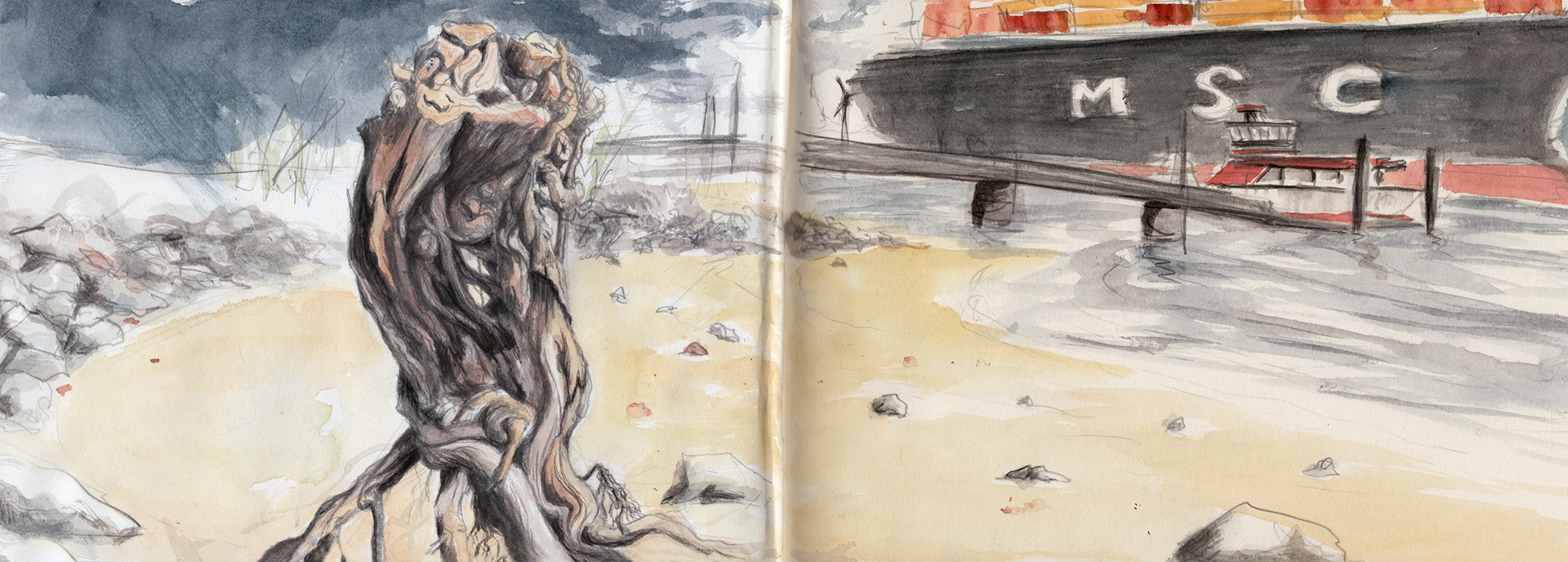
Teufelsbrück

Elbe
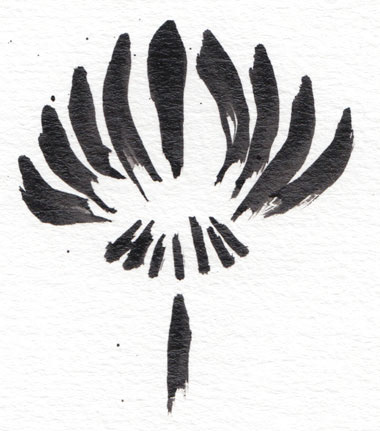

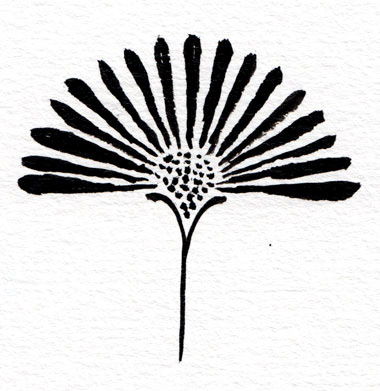
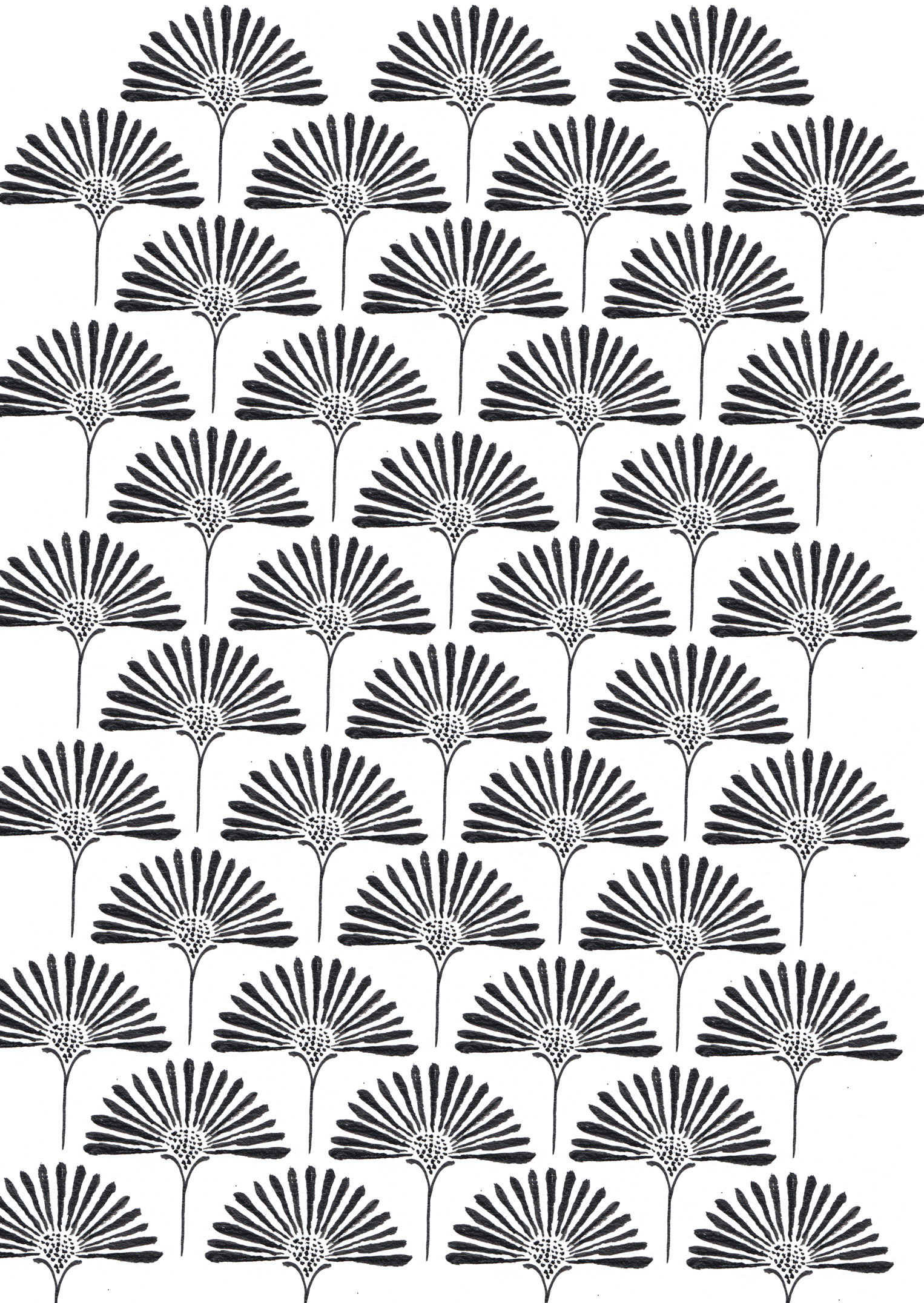
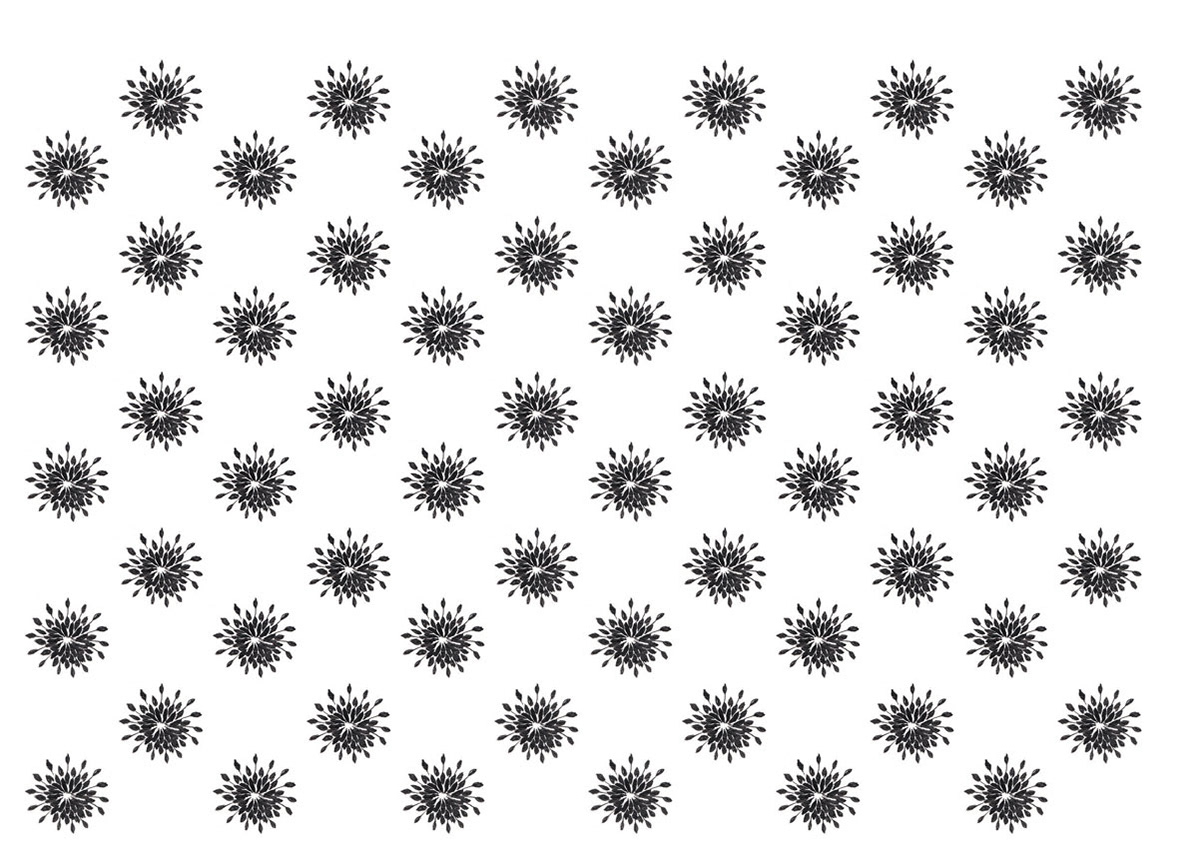
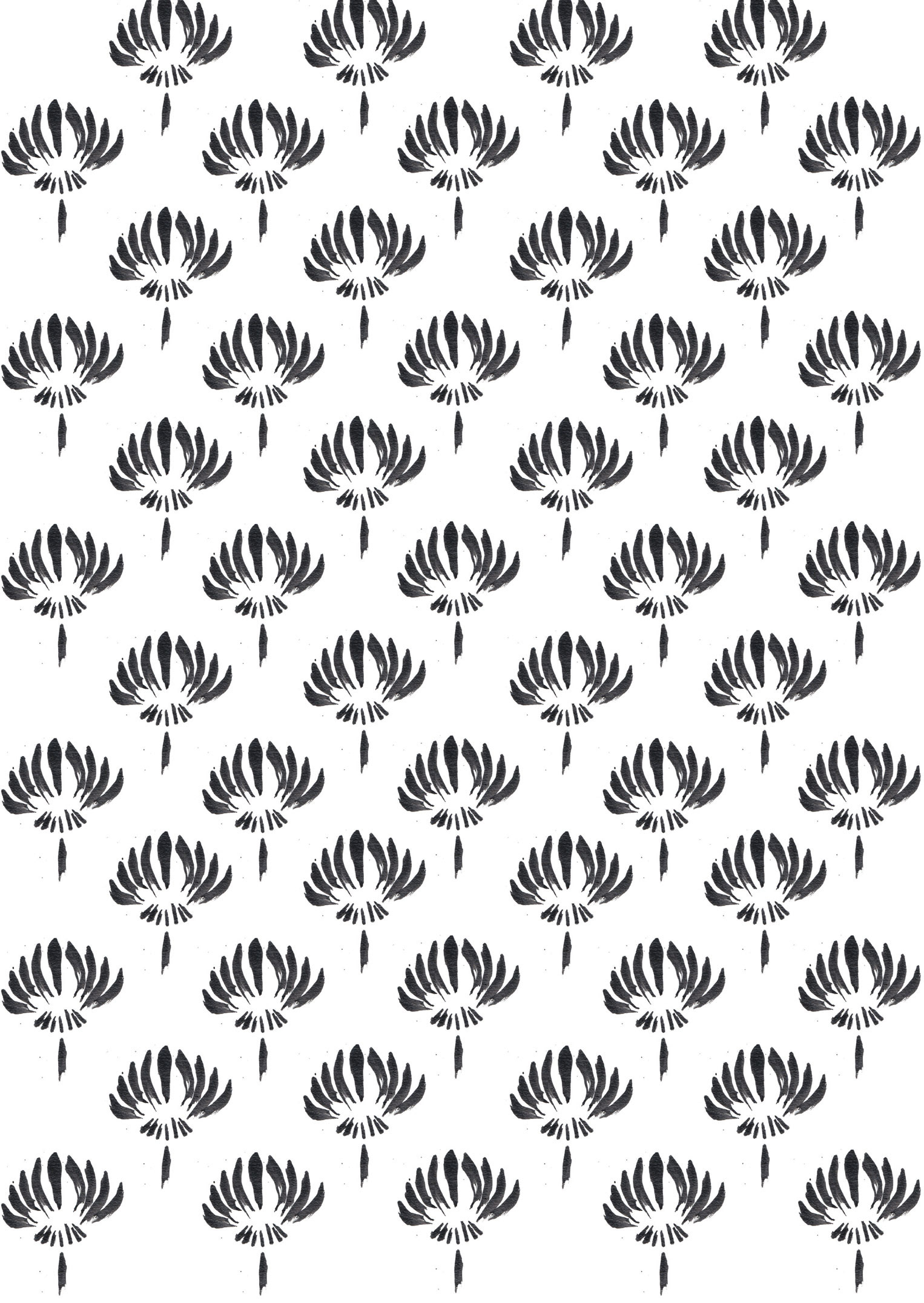
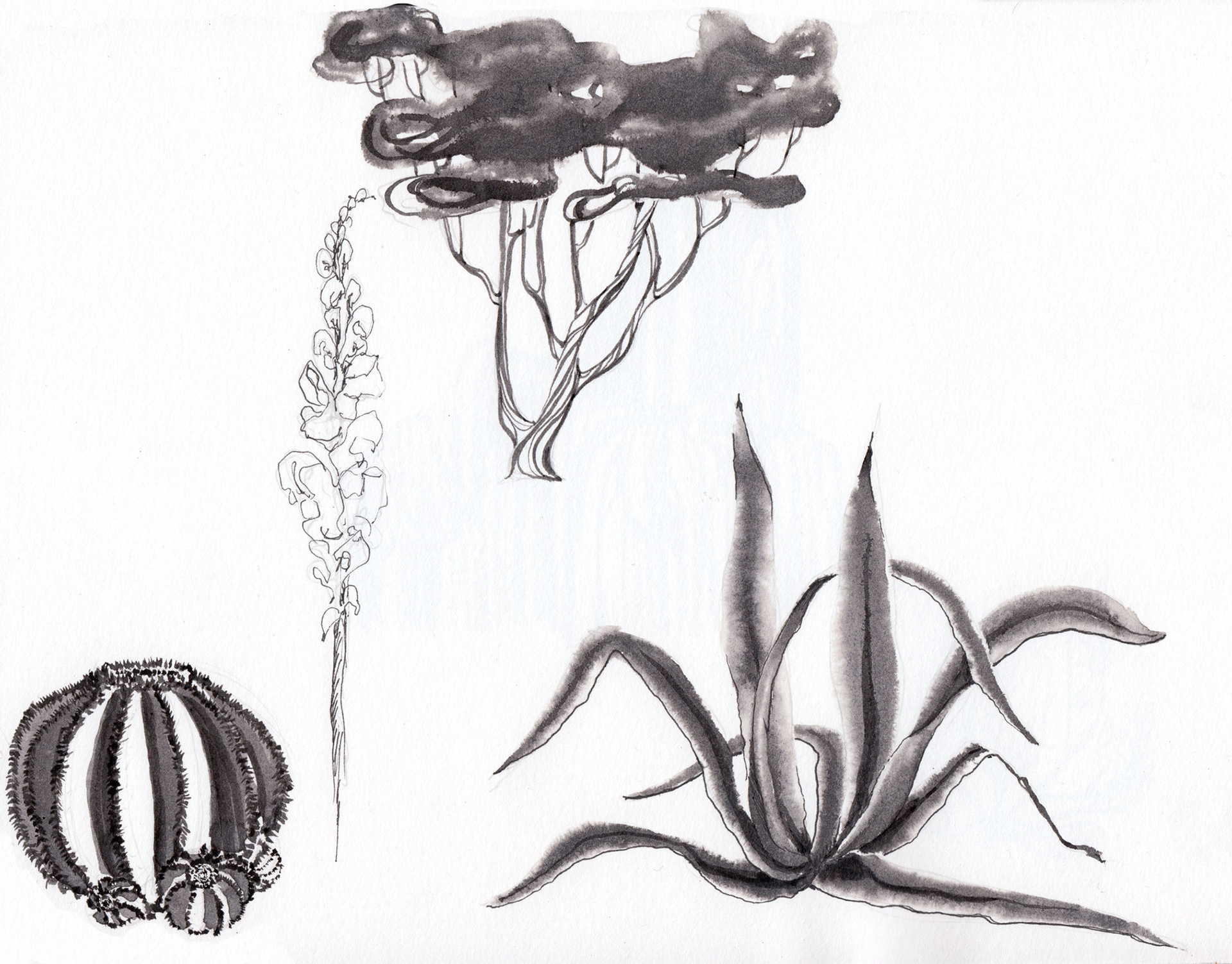
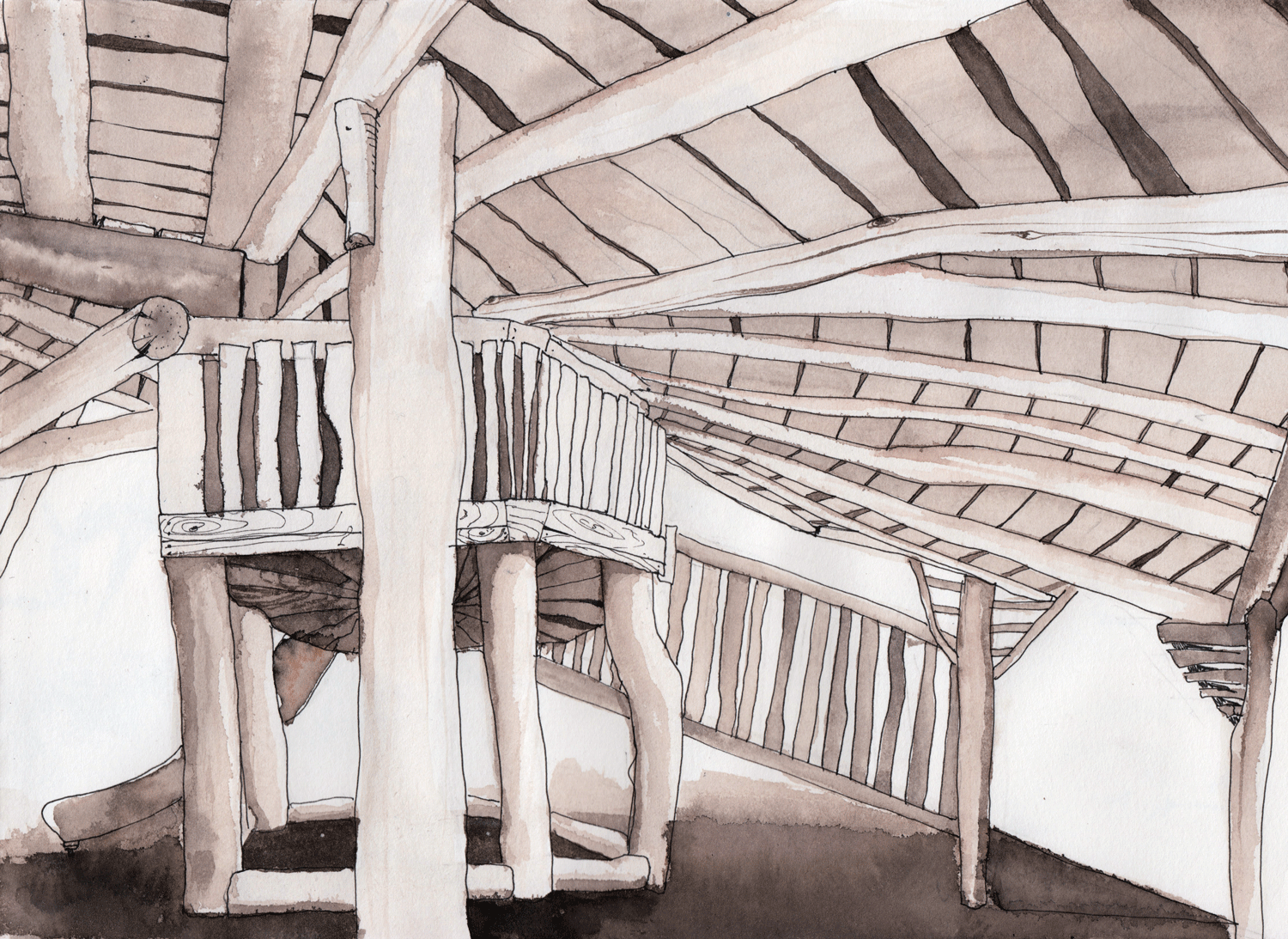
Niendorfer Gehege, Spielplatz
Landscape




